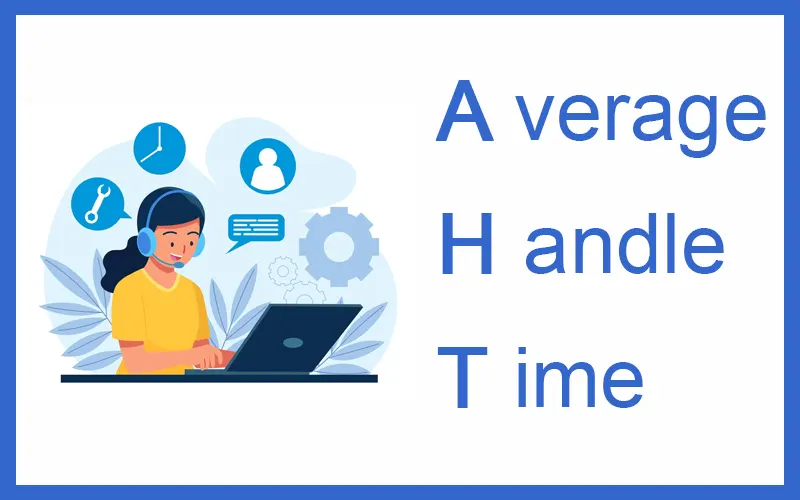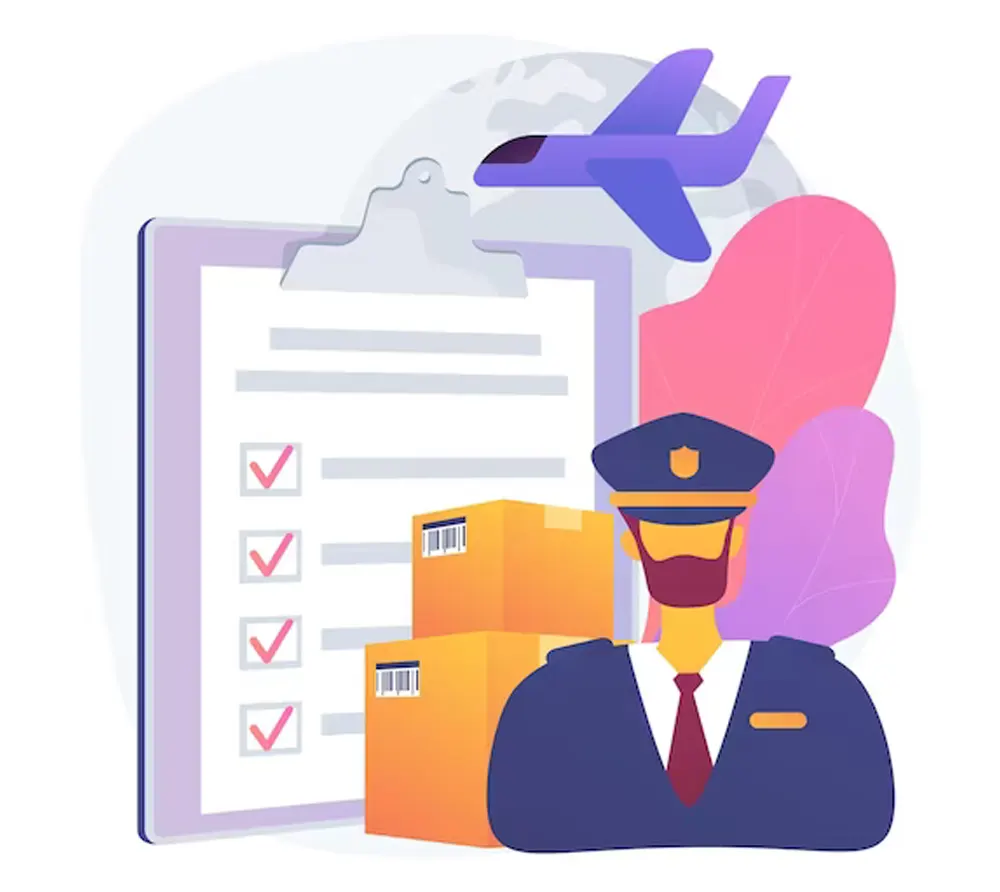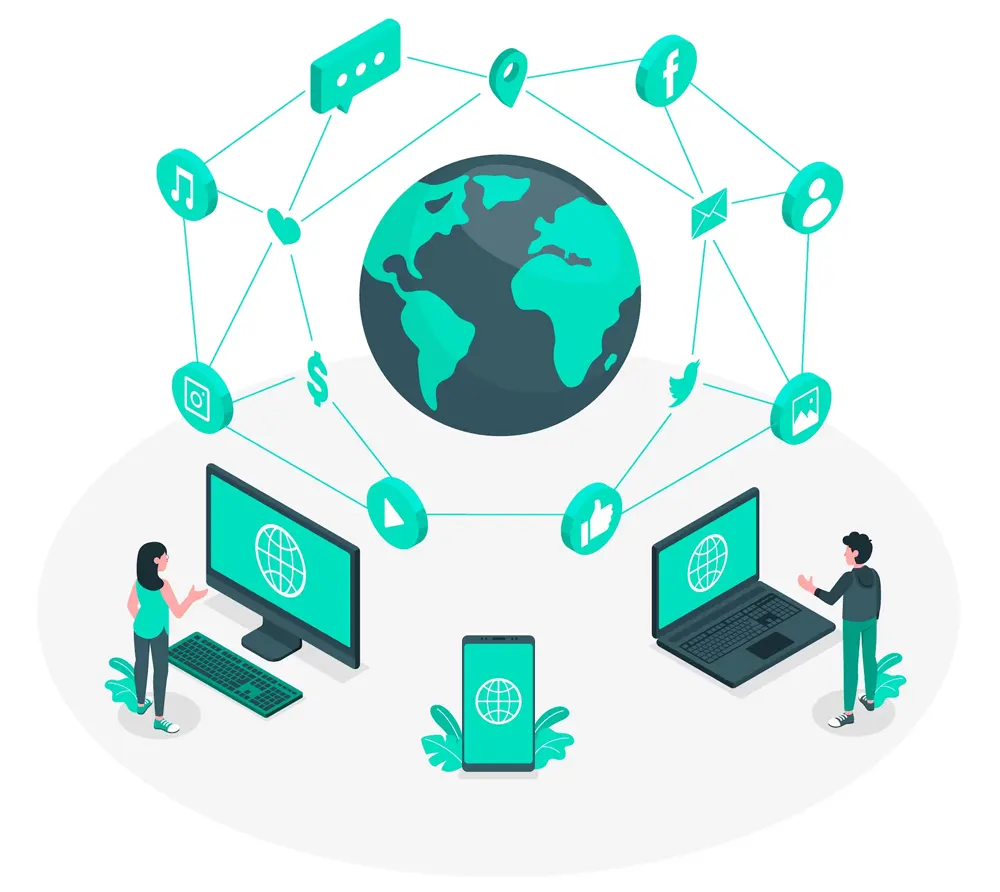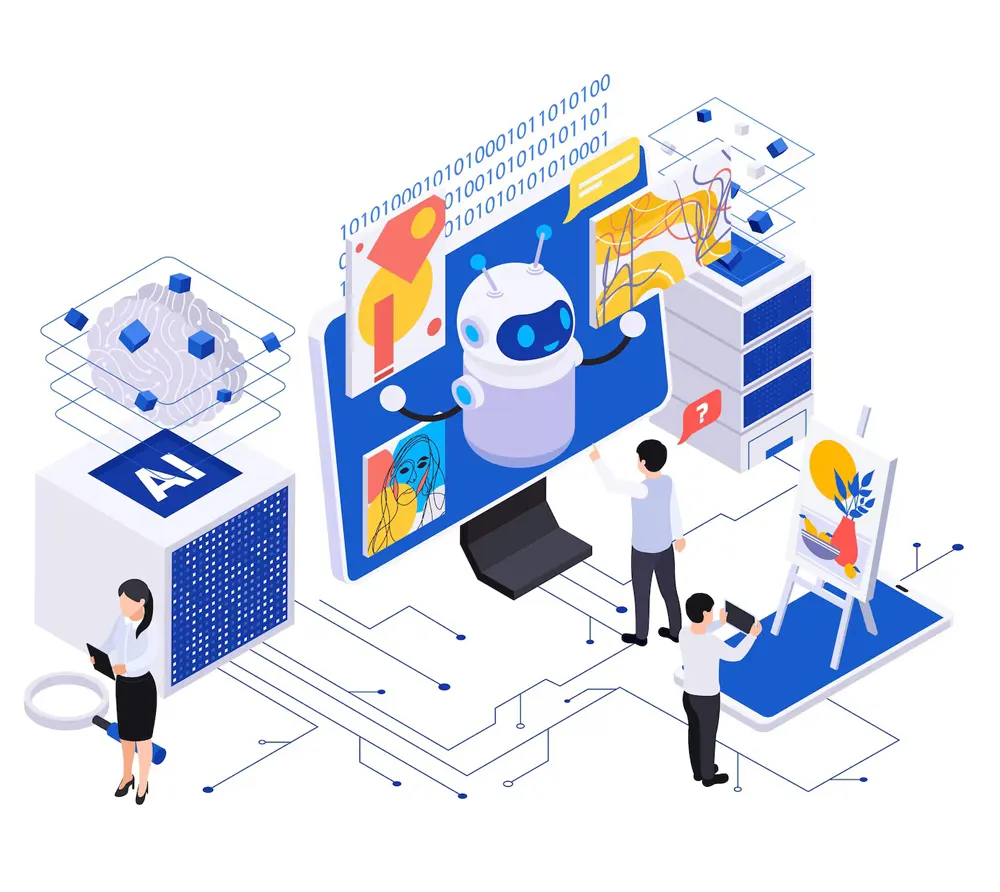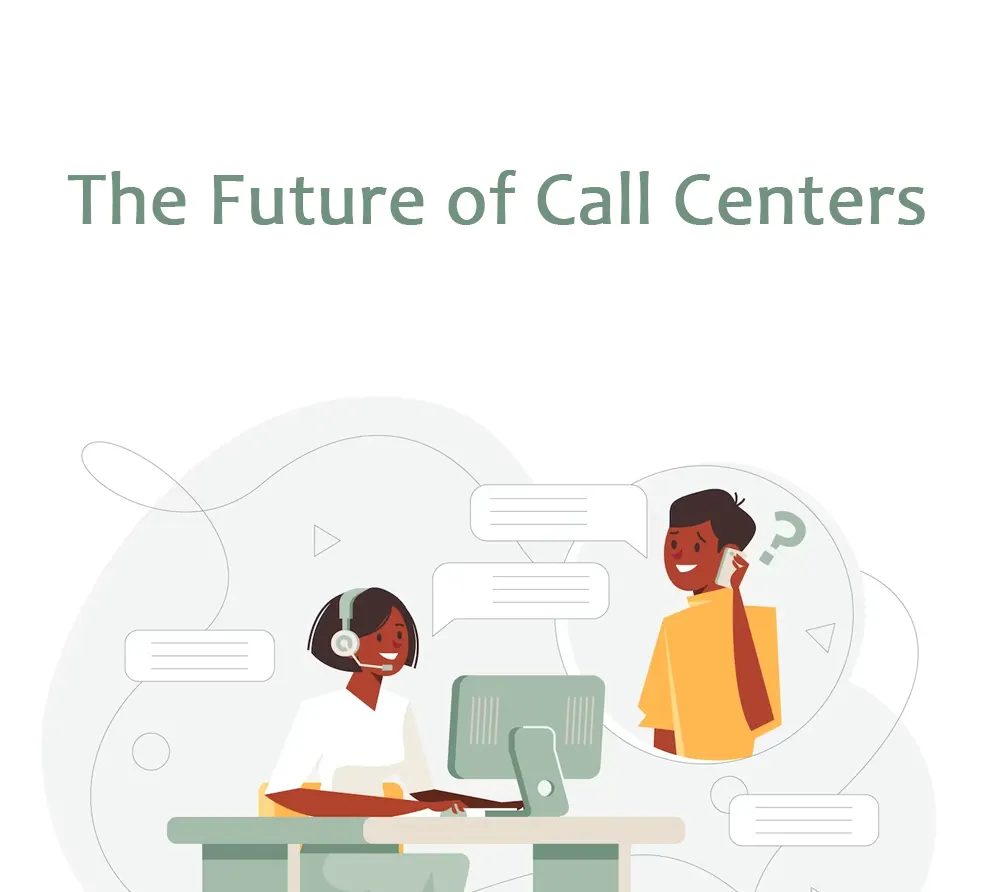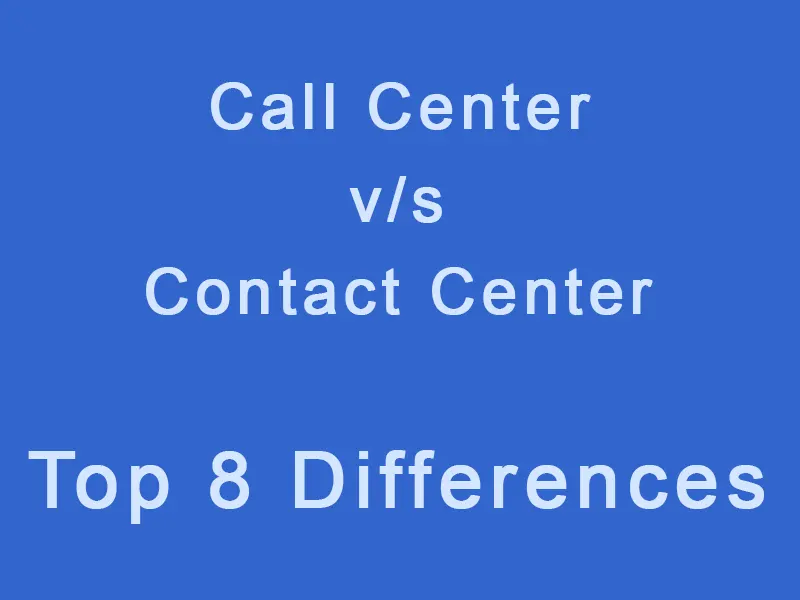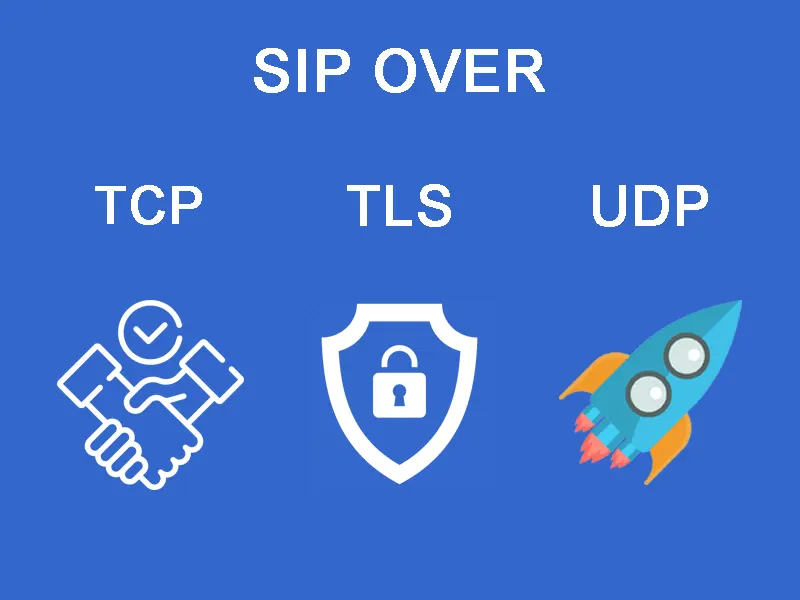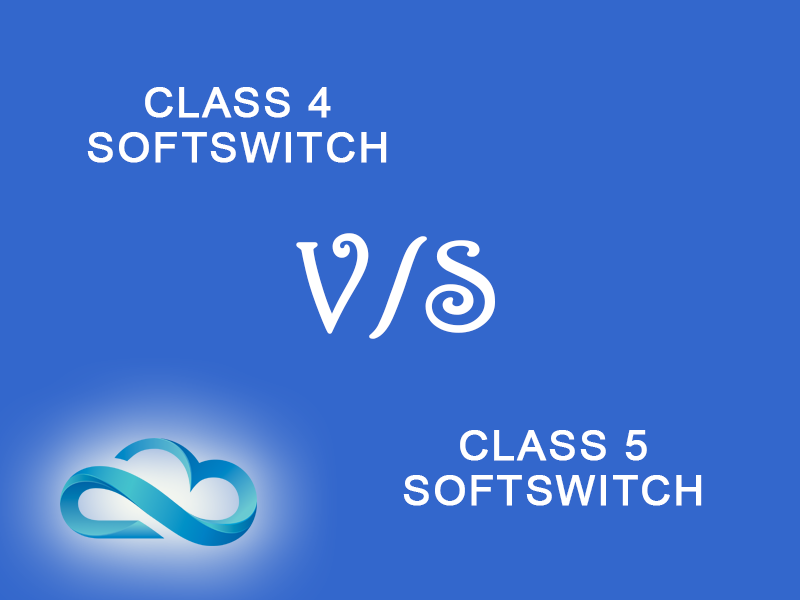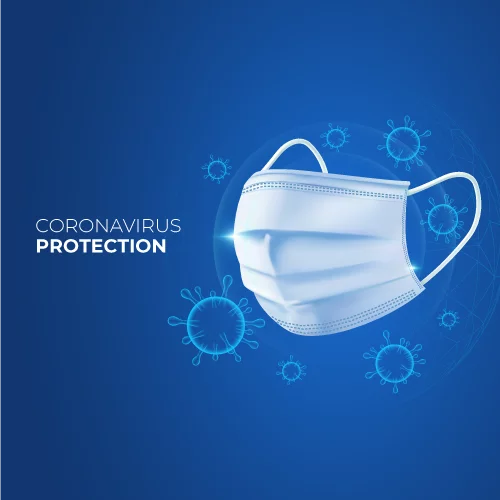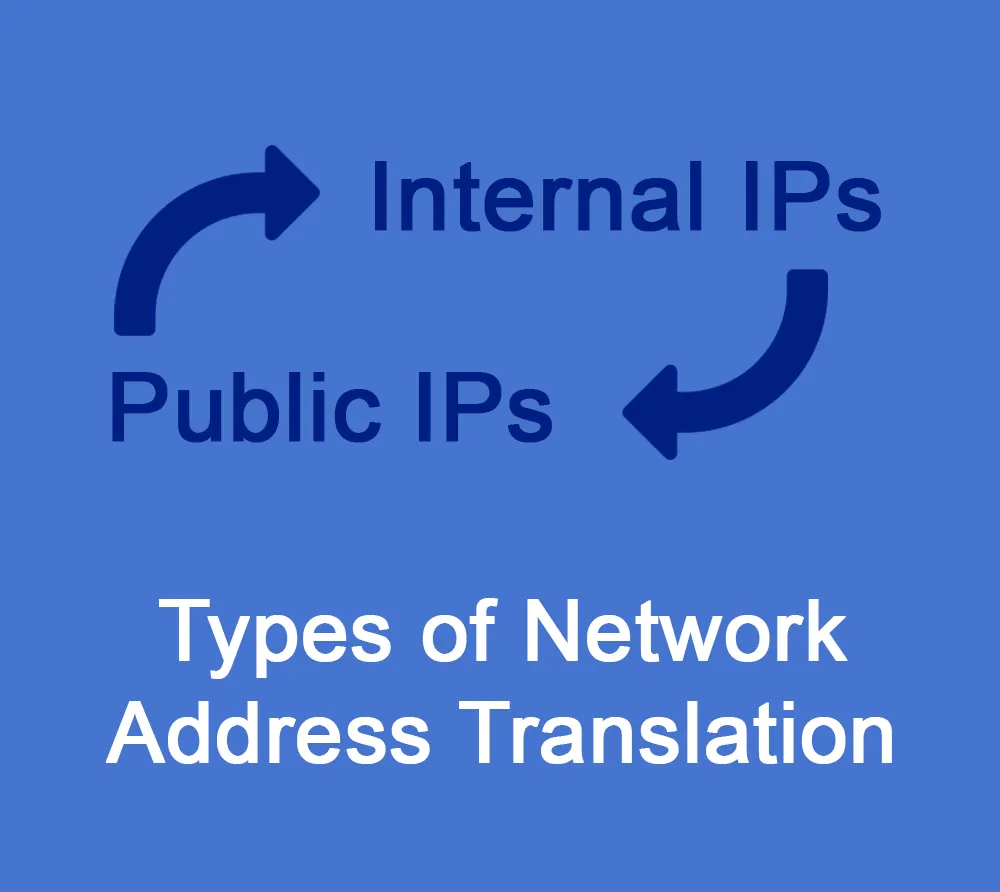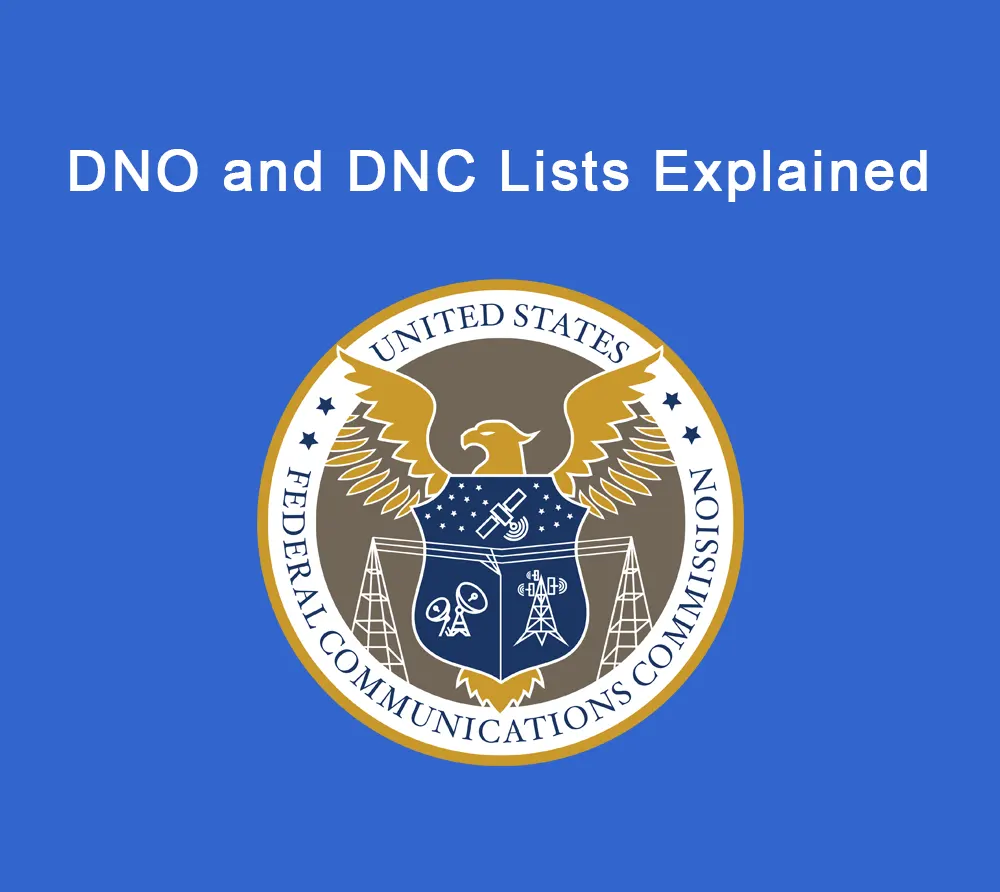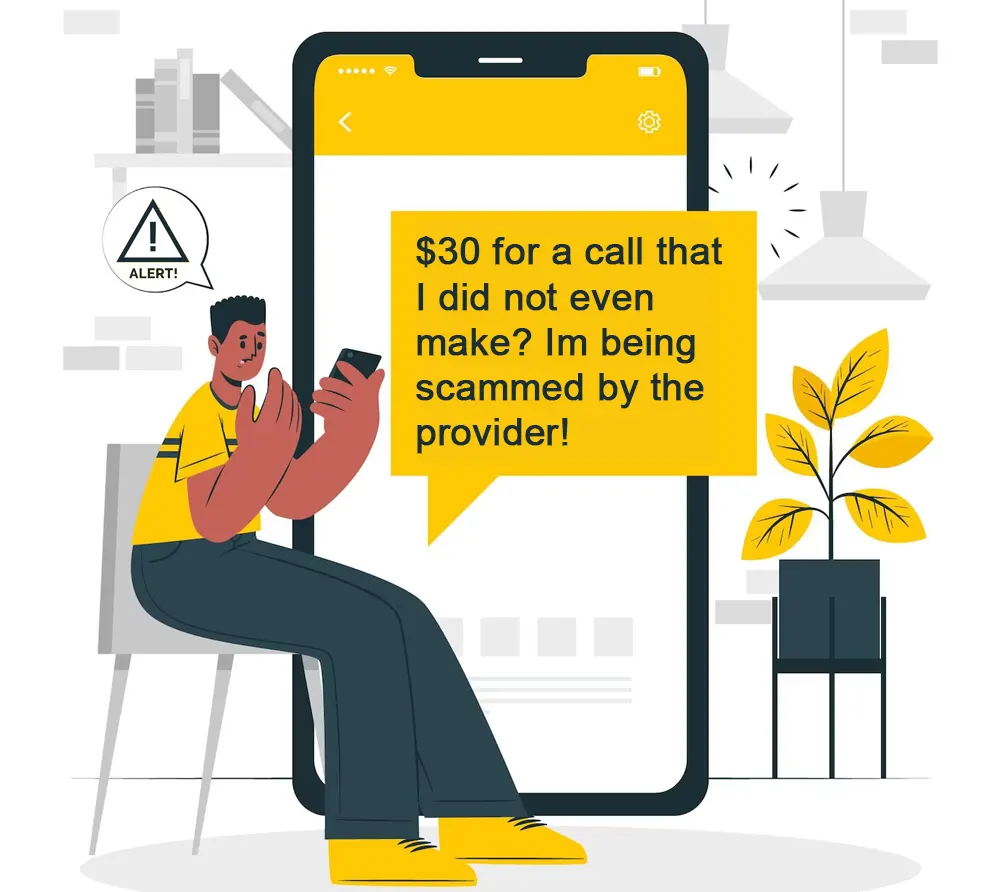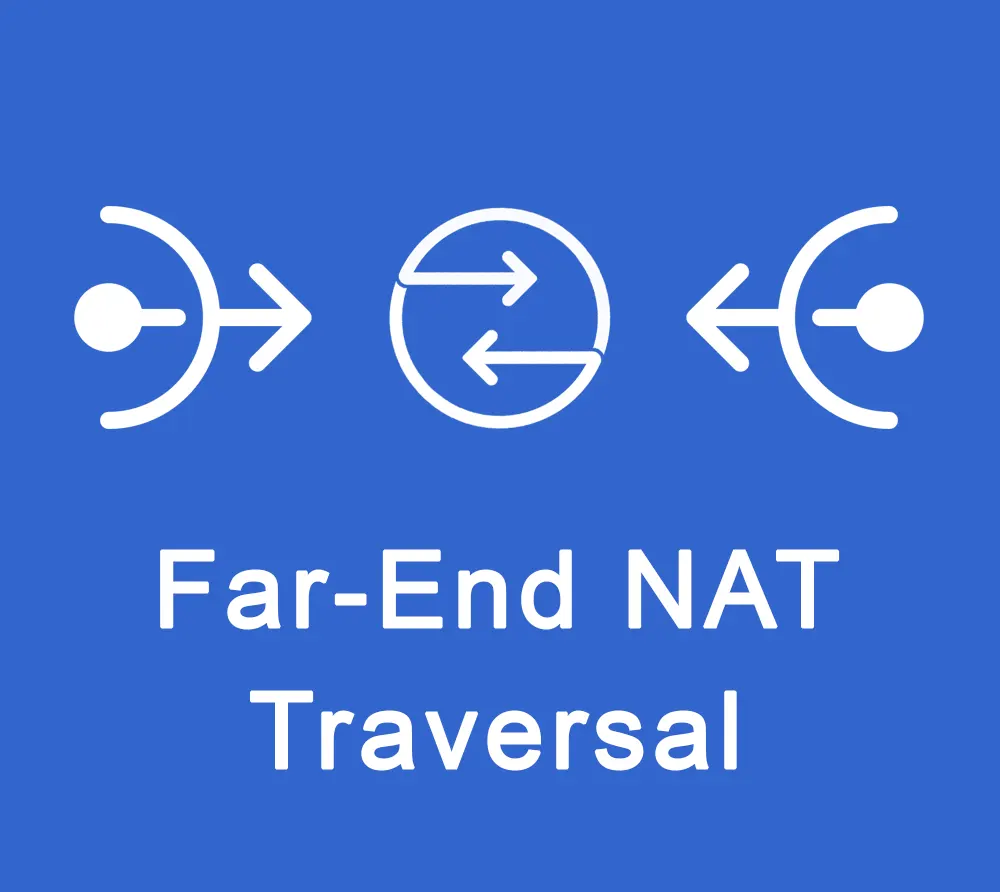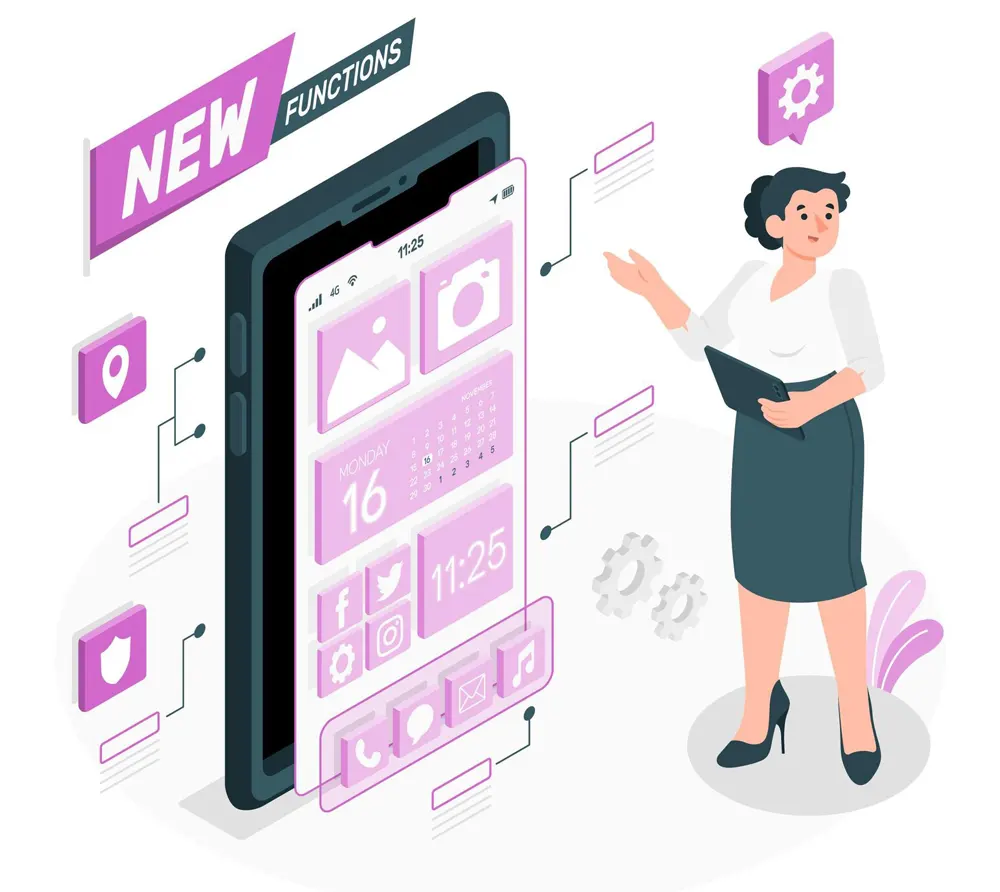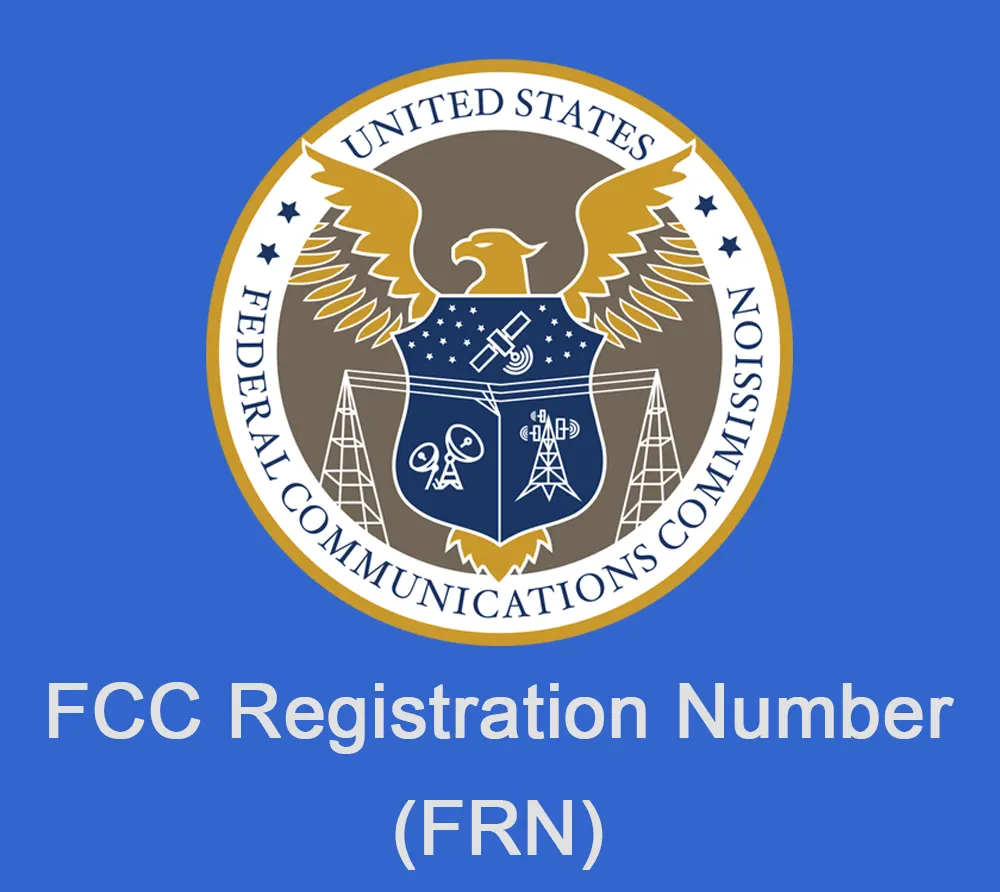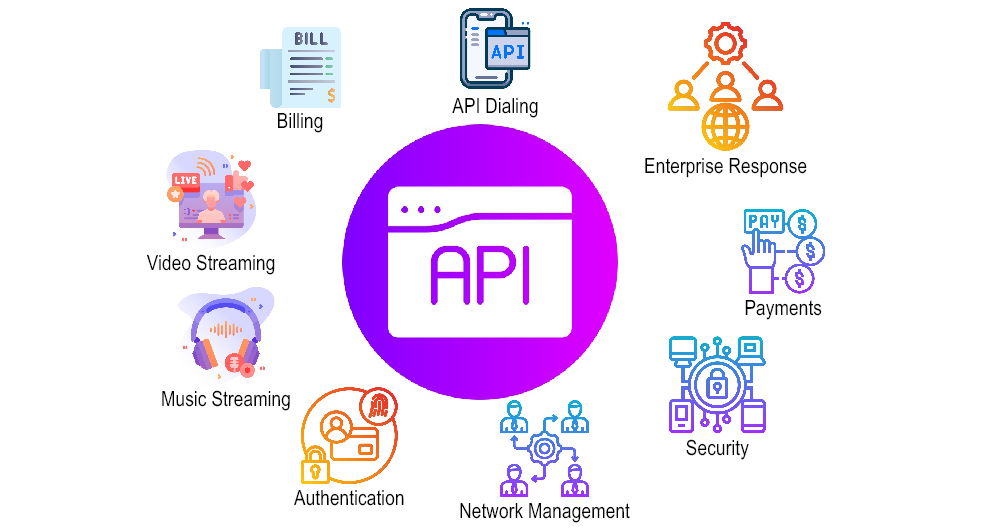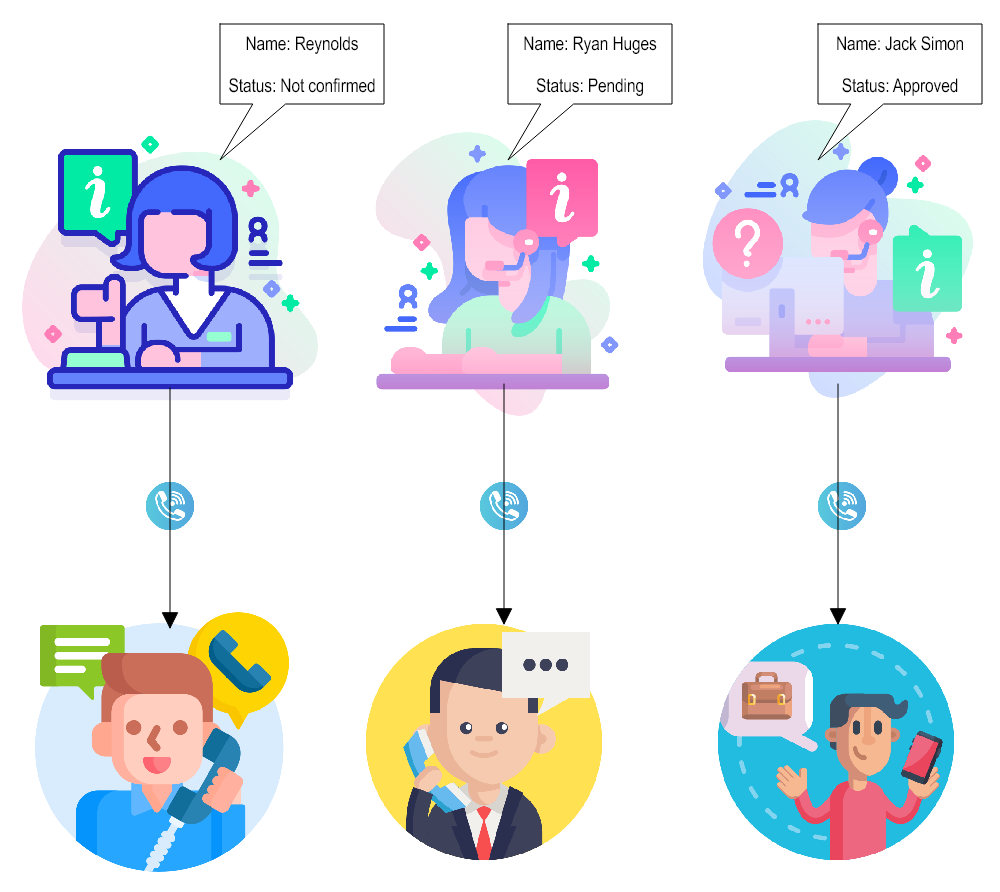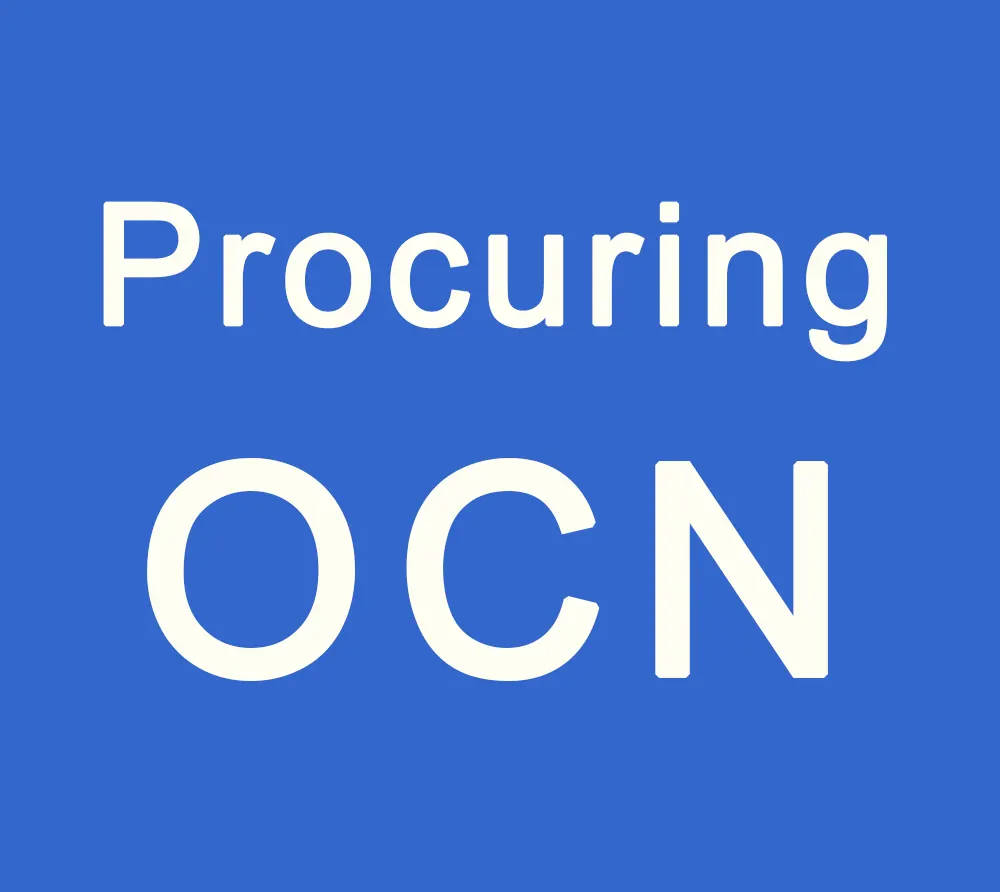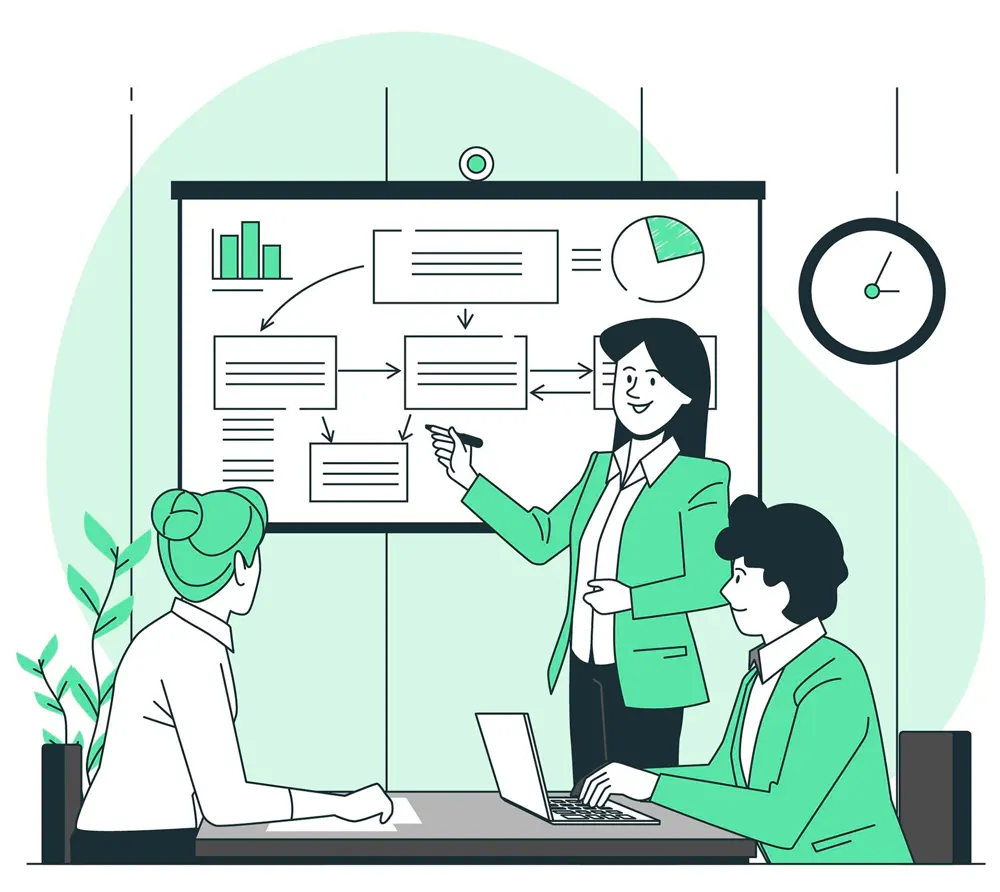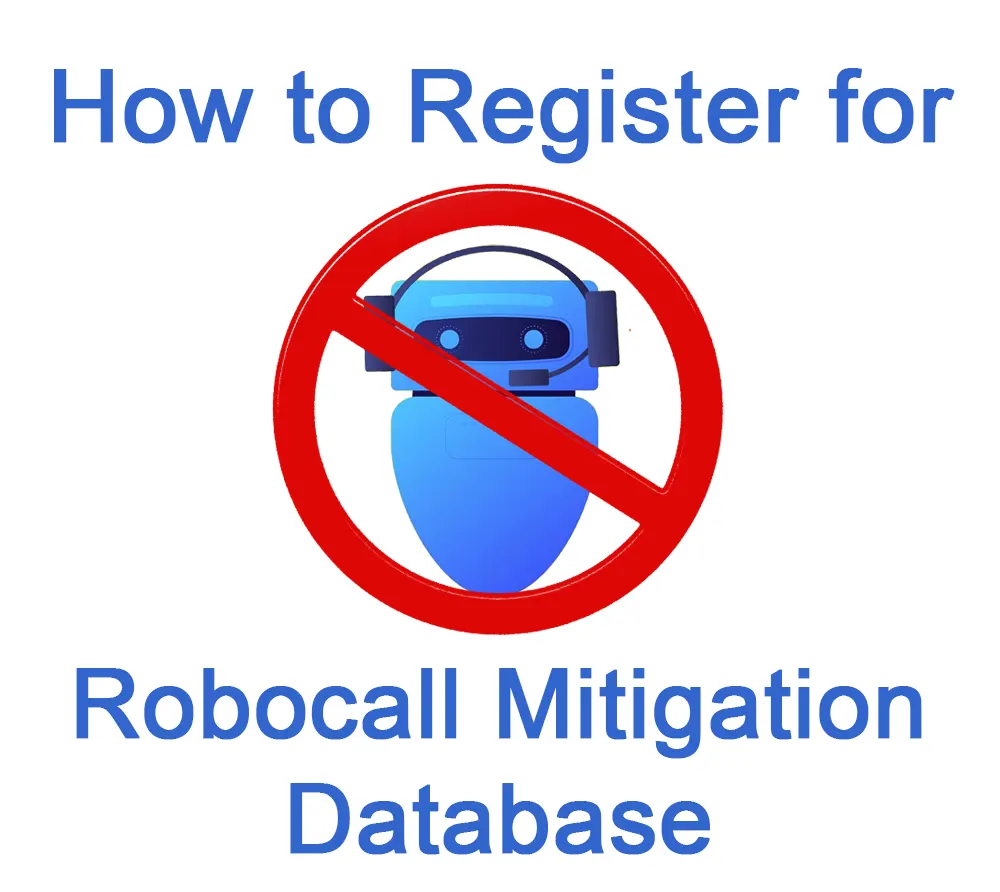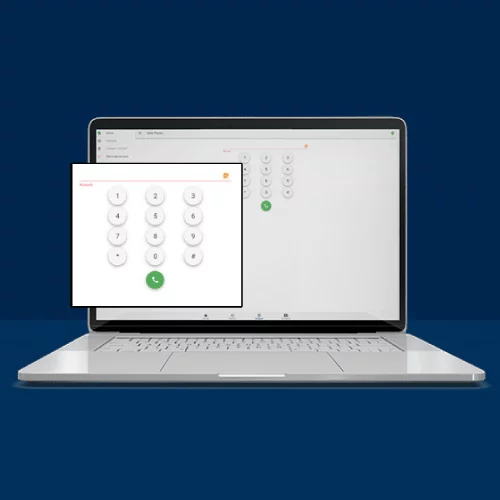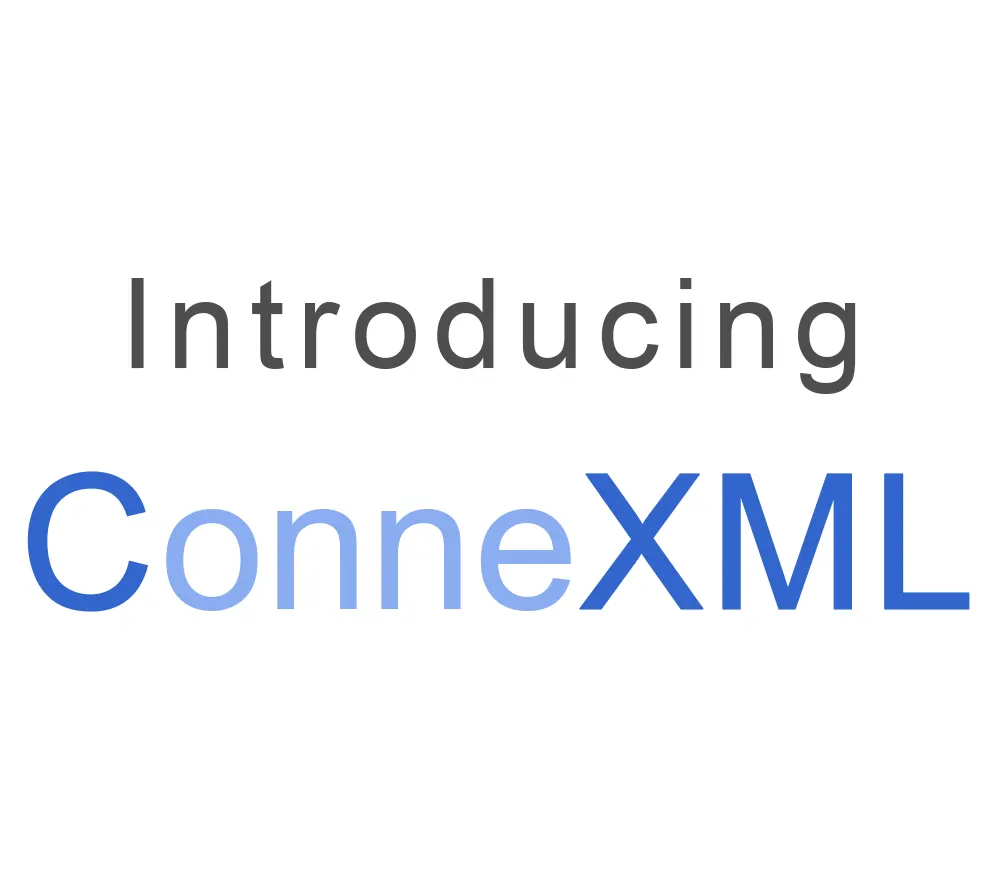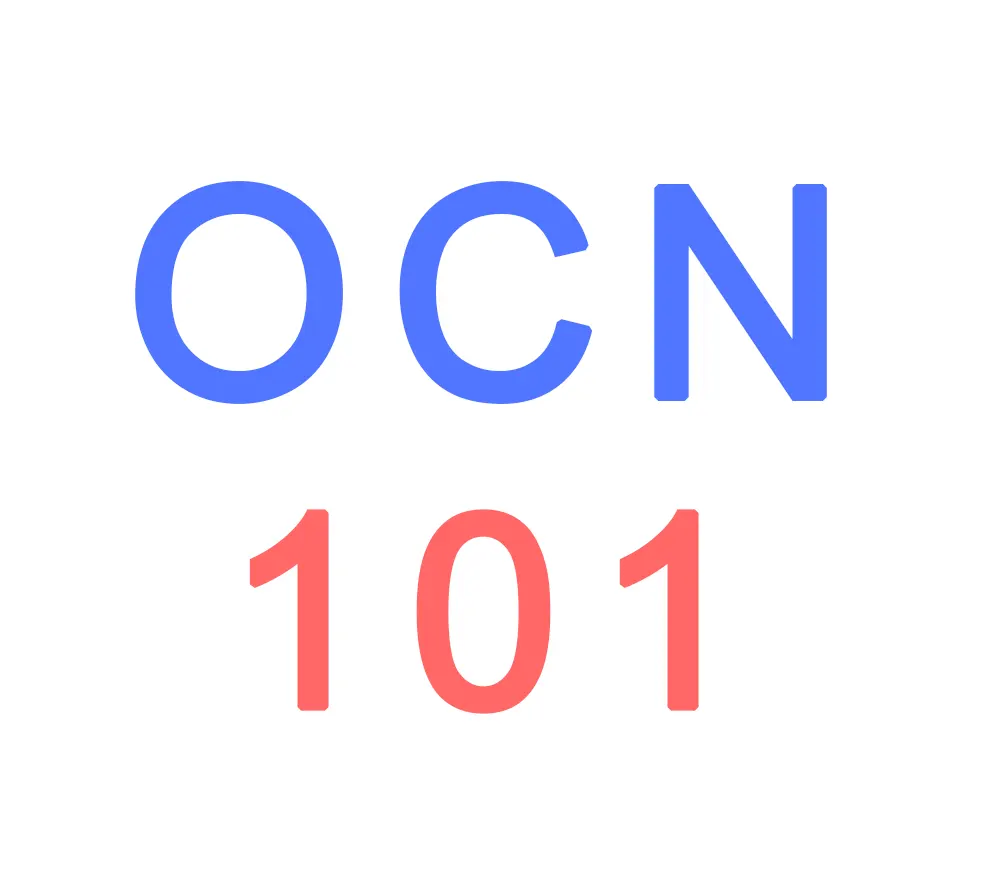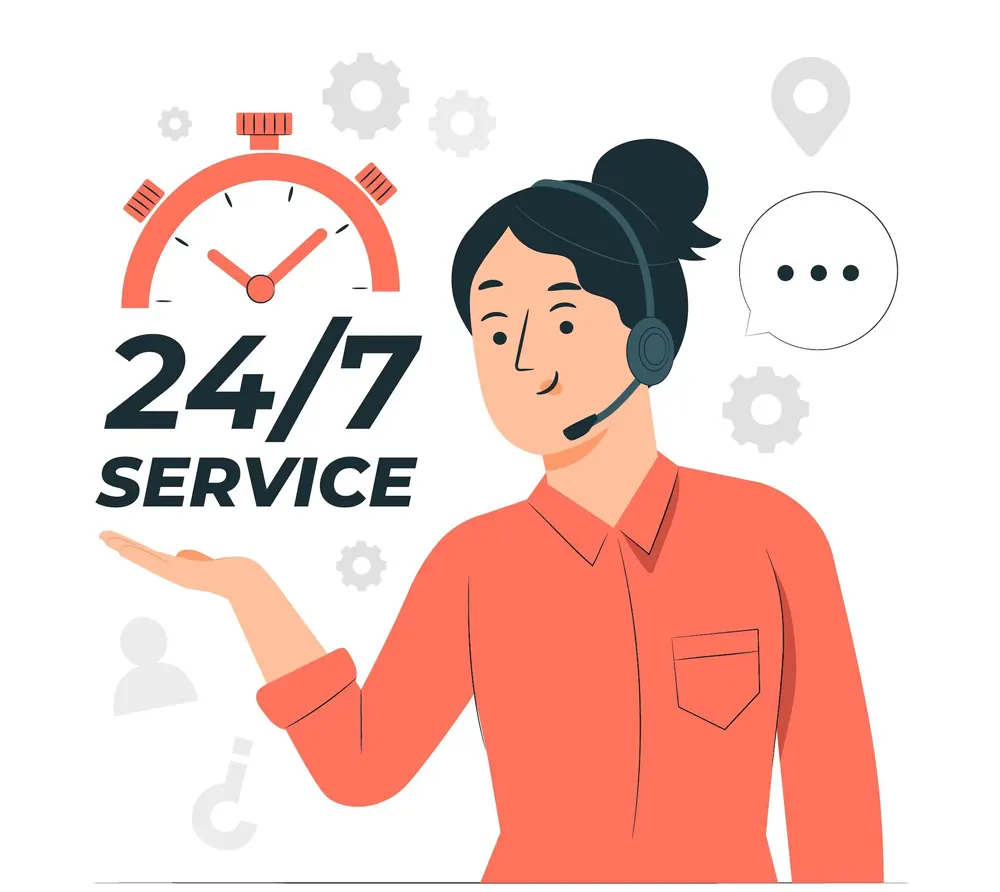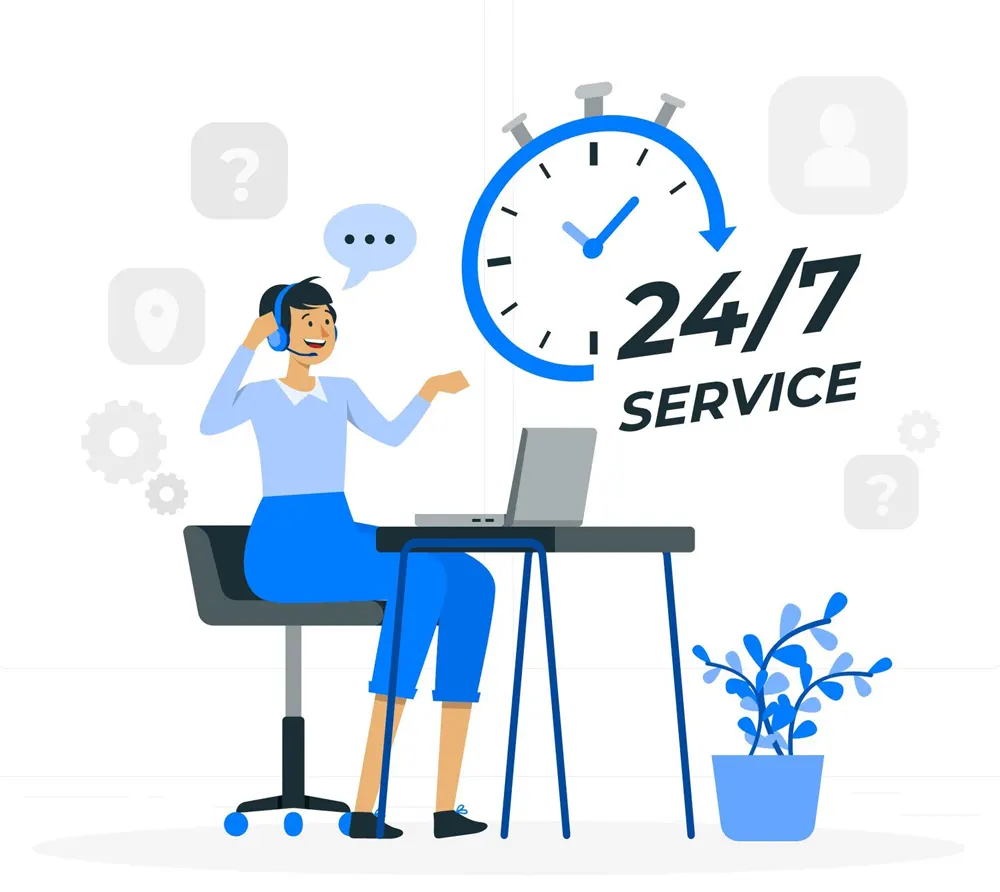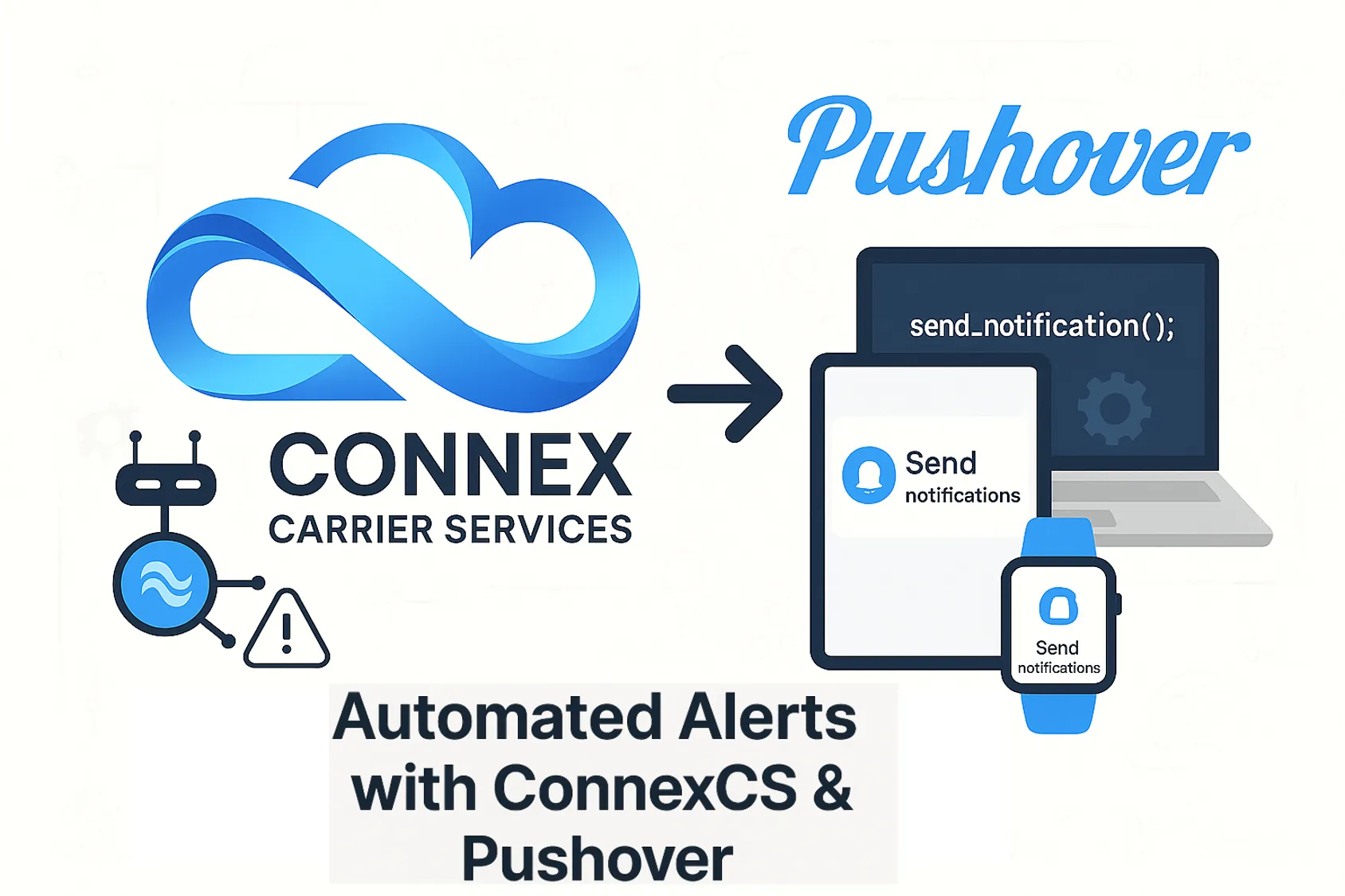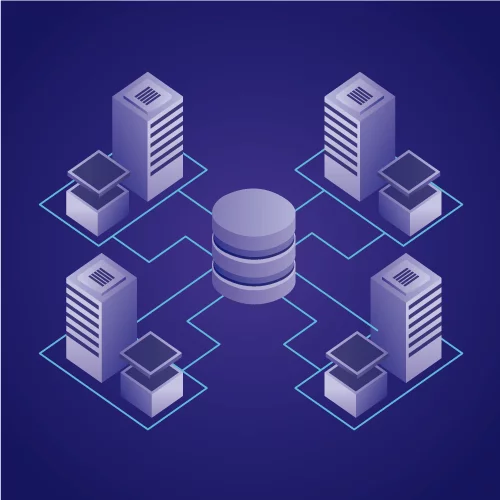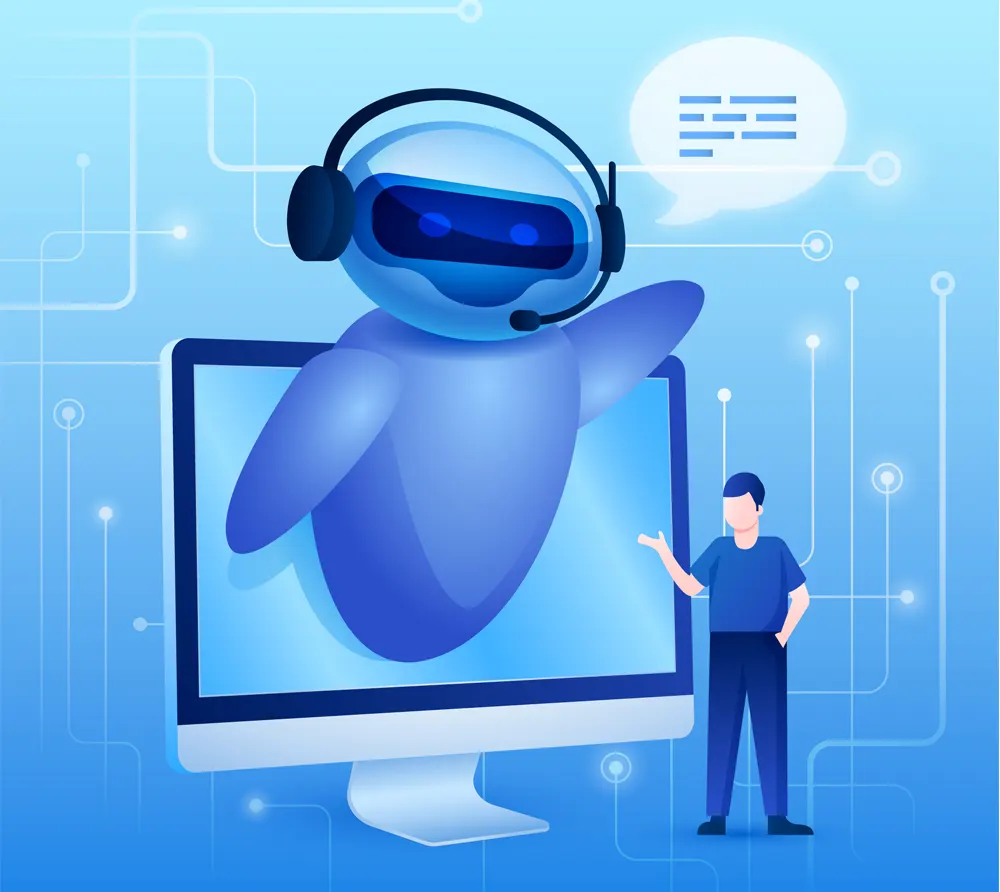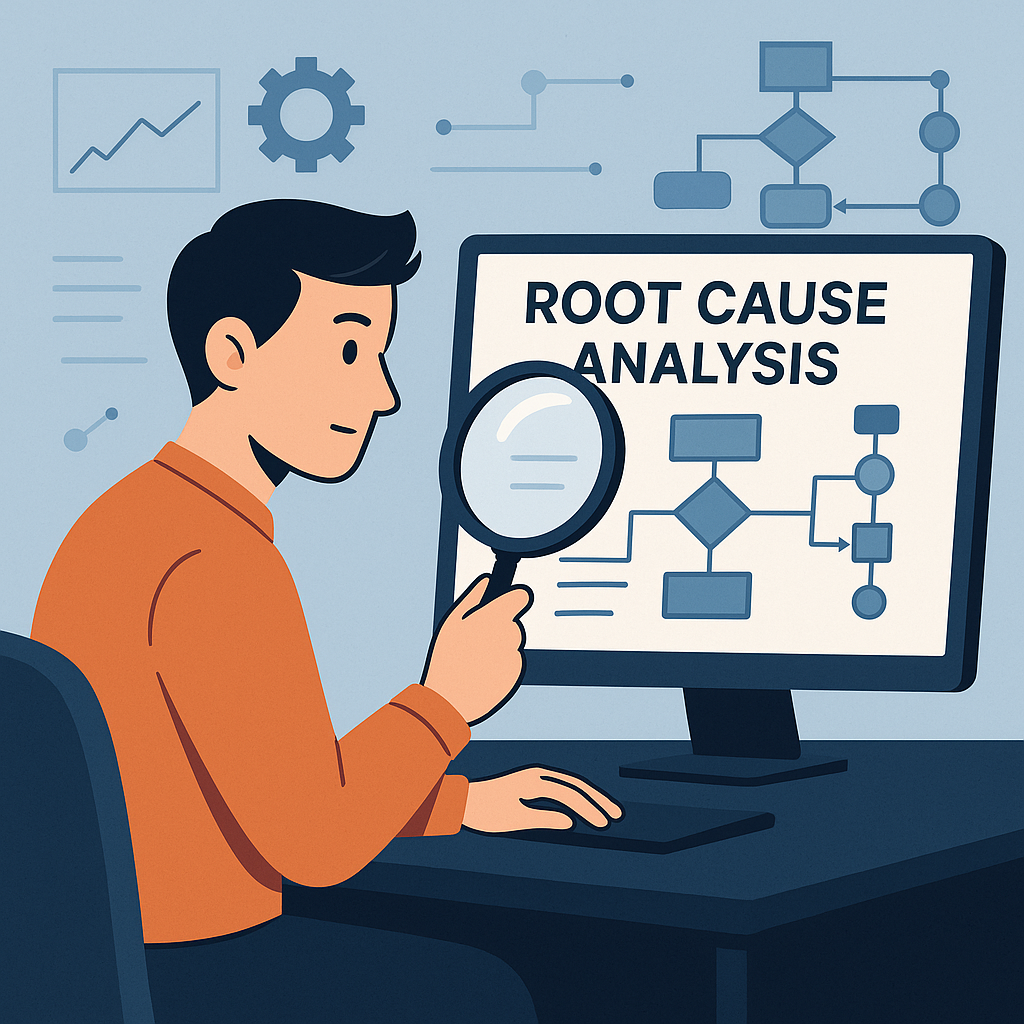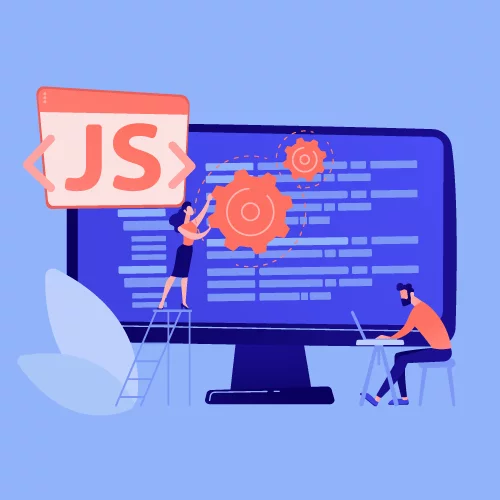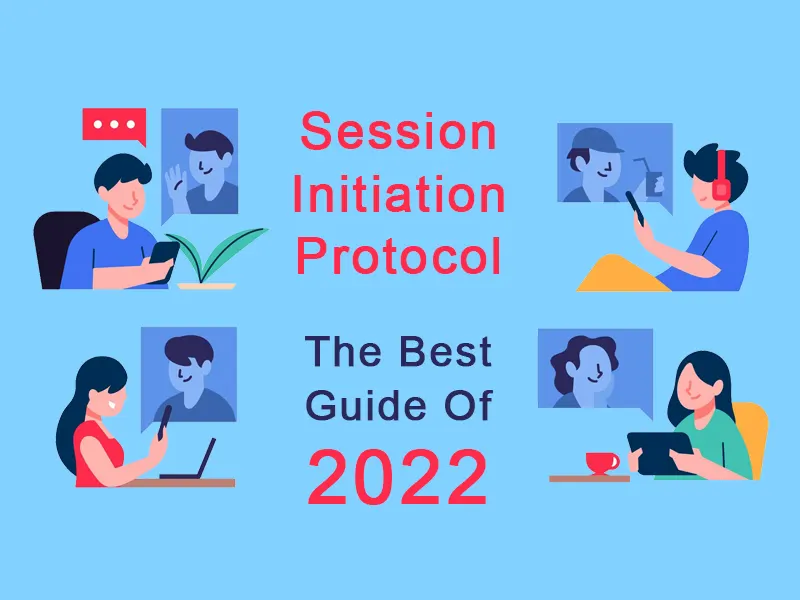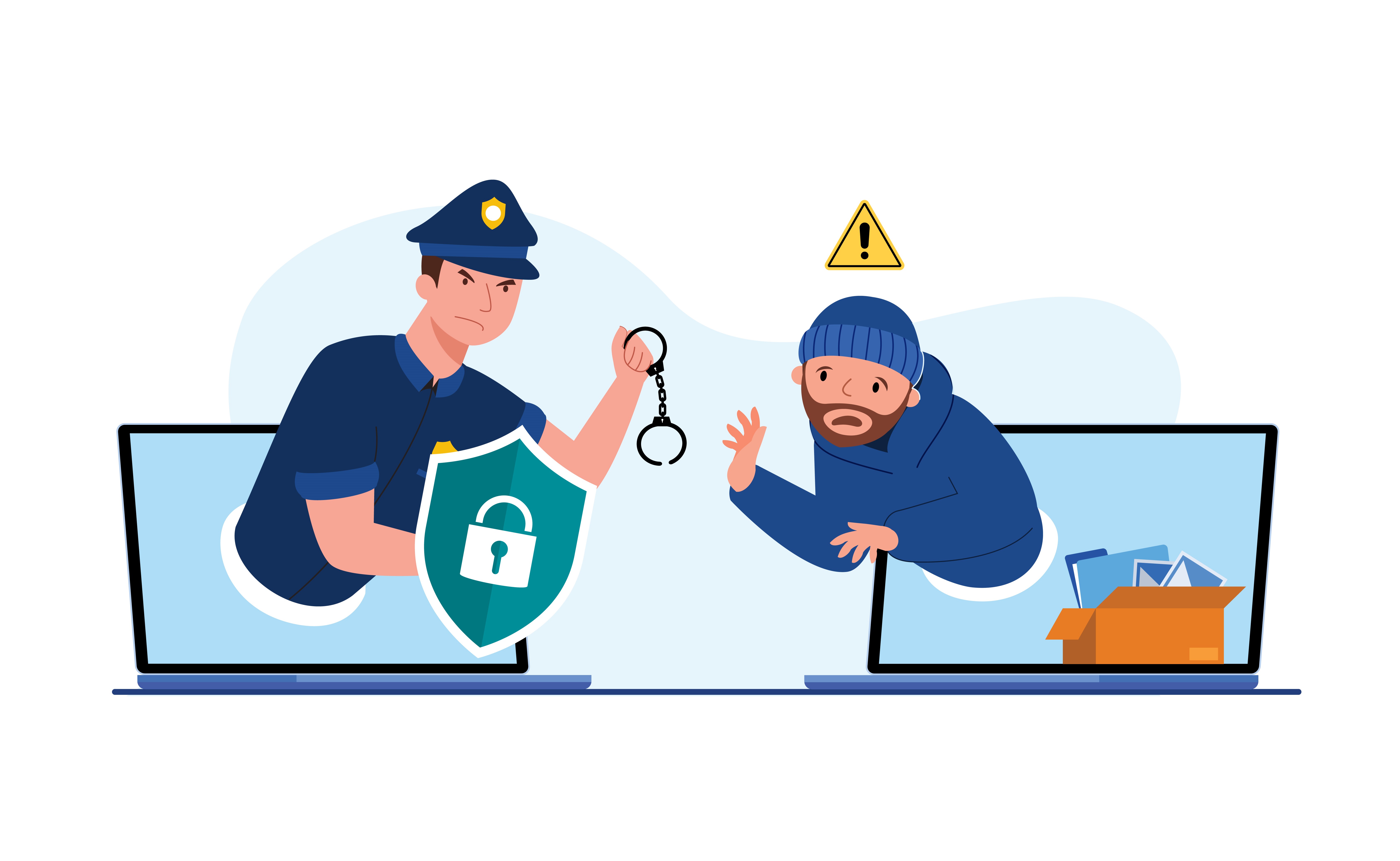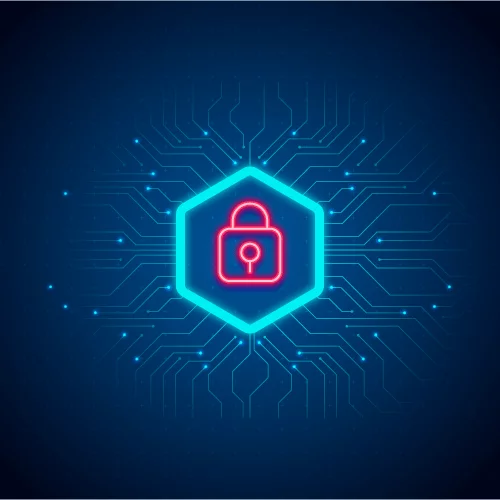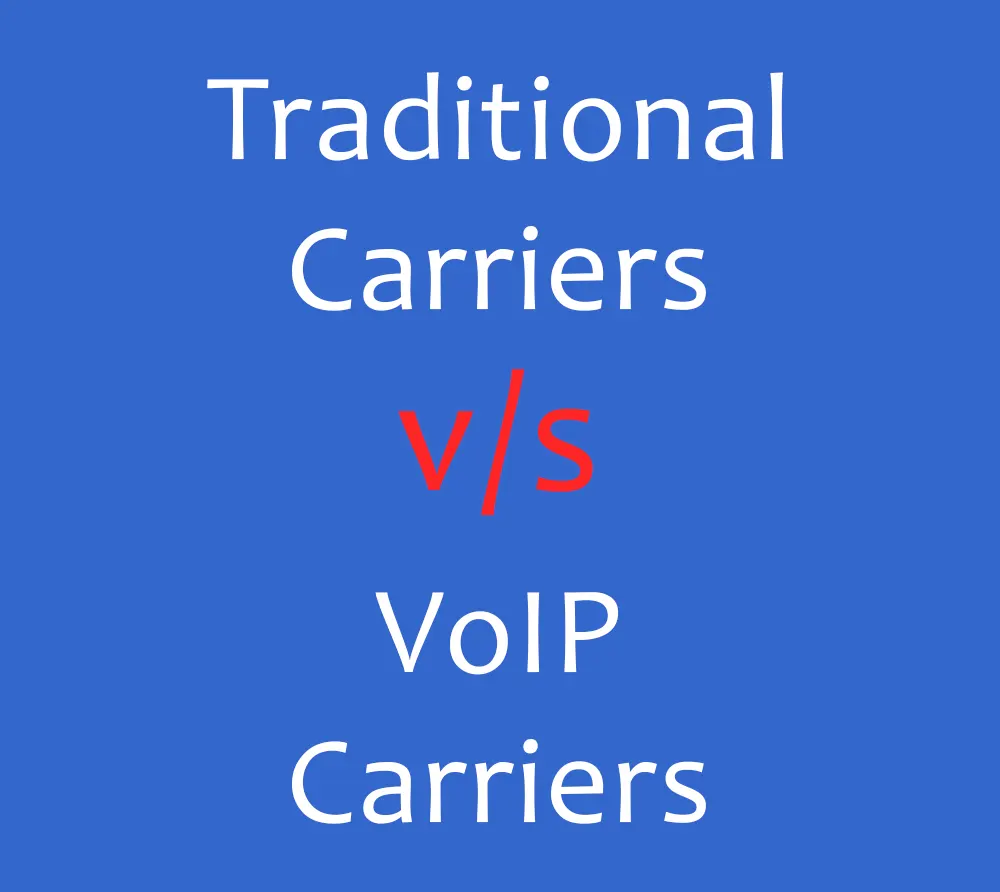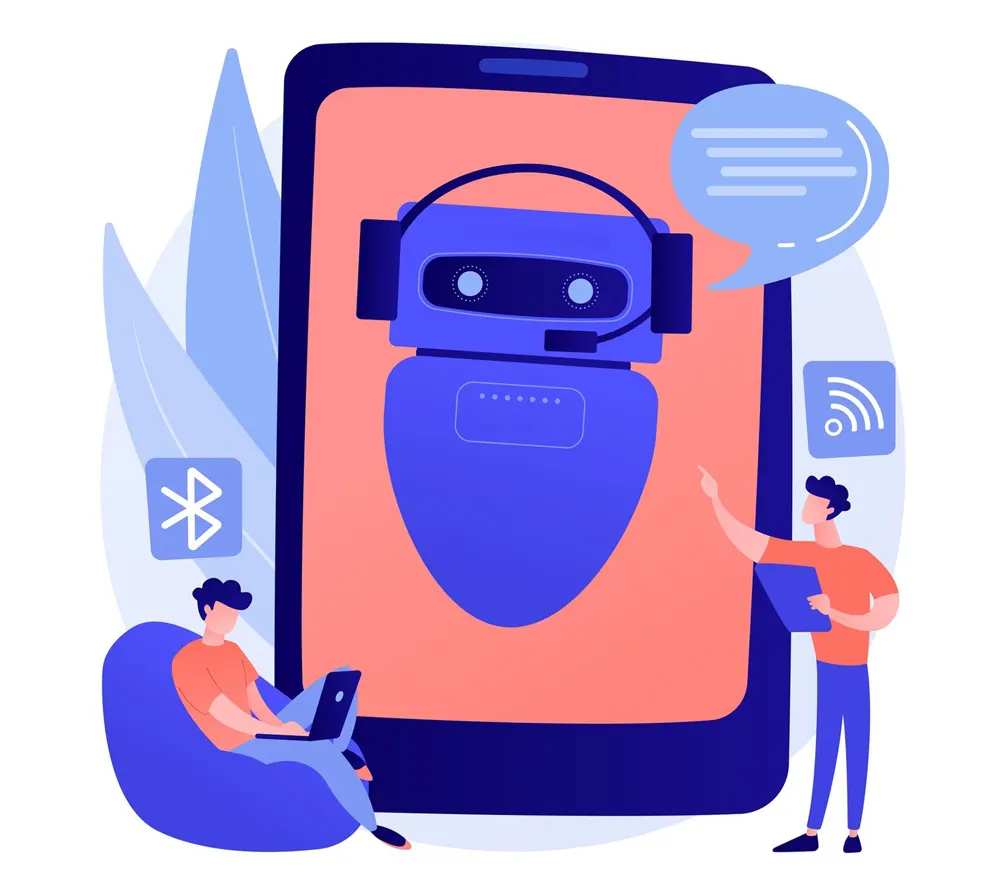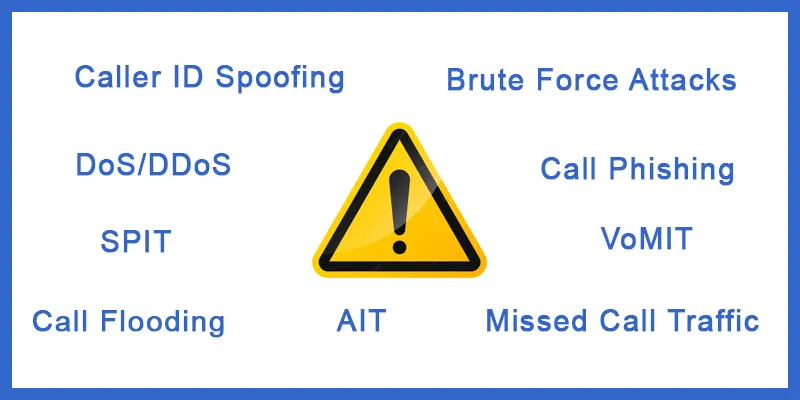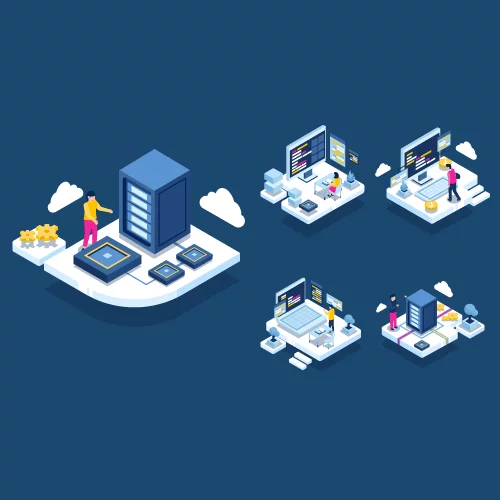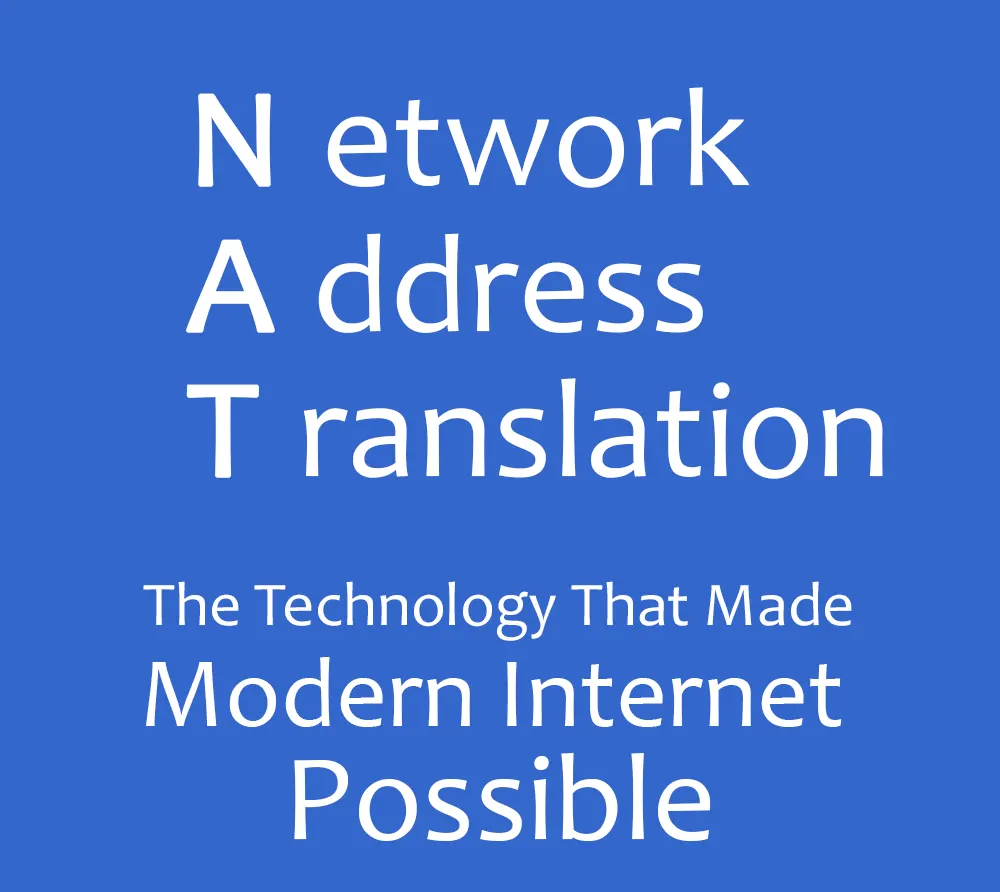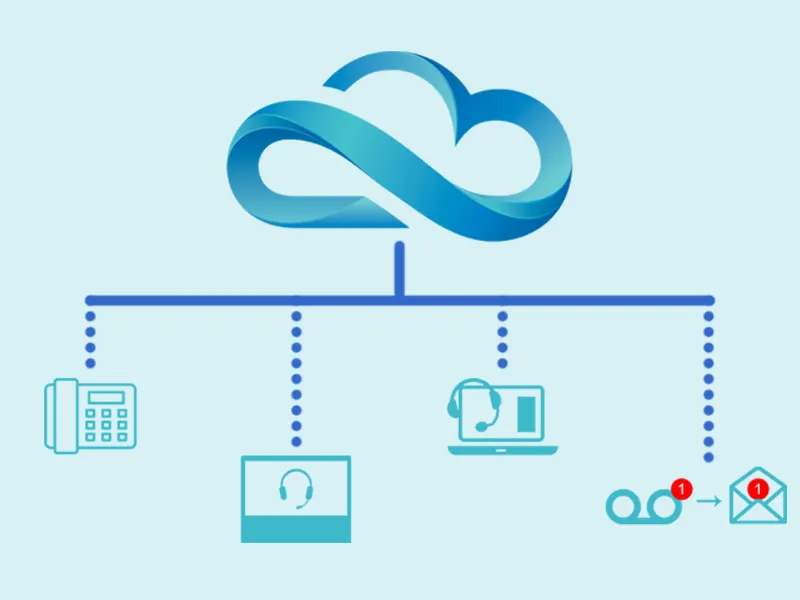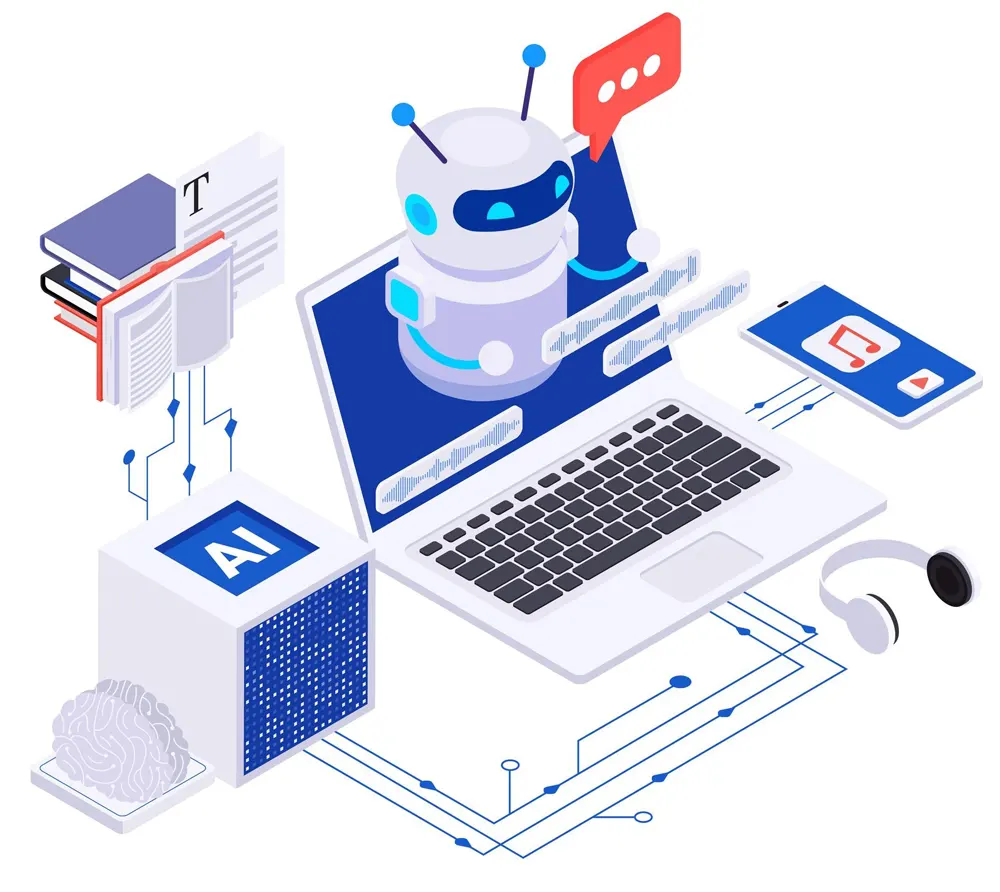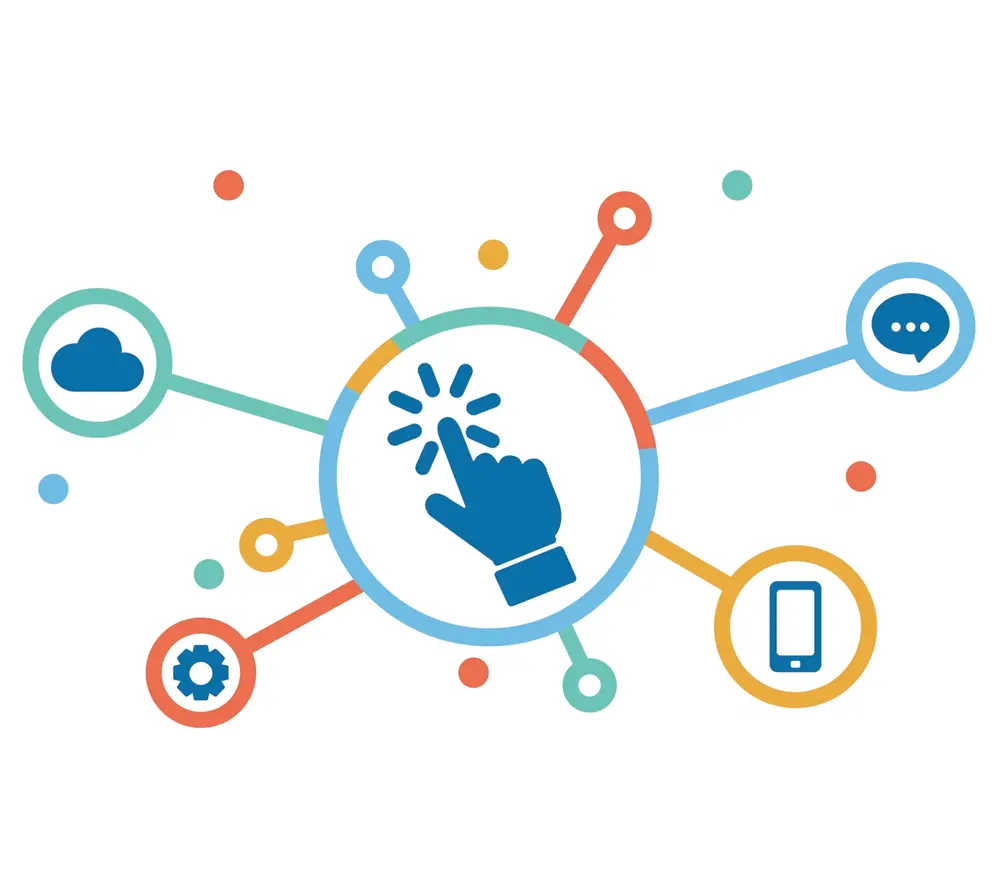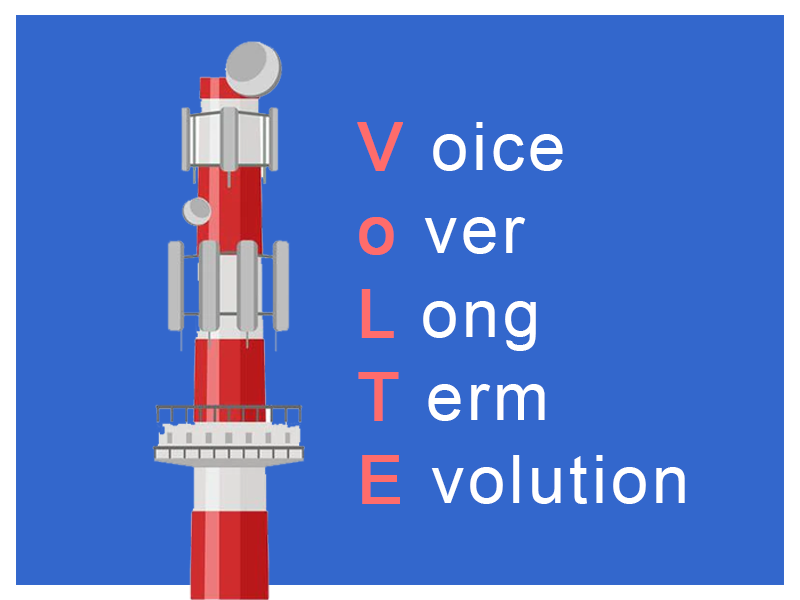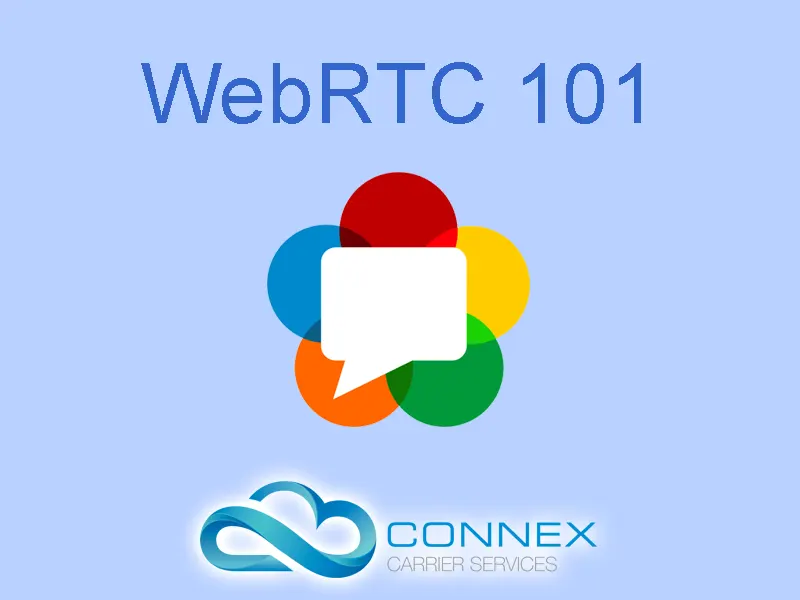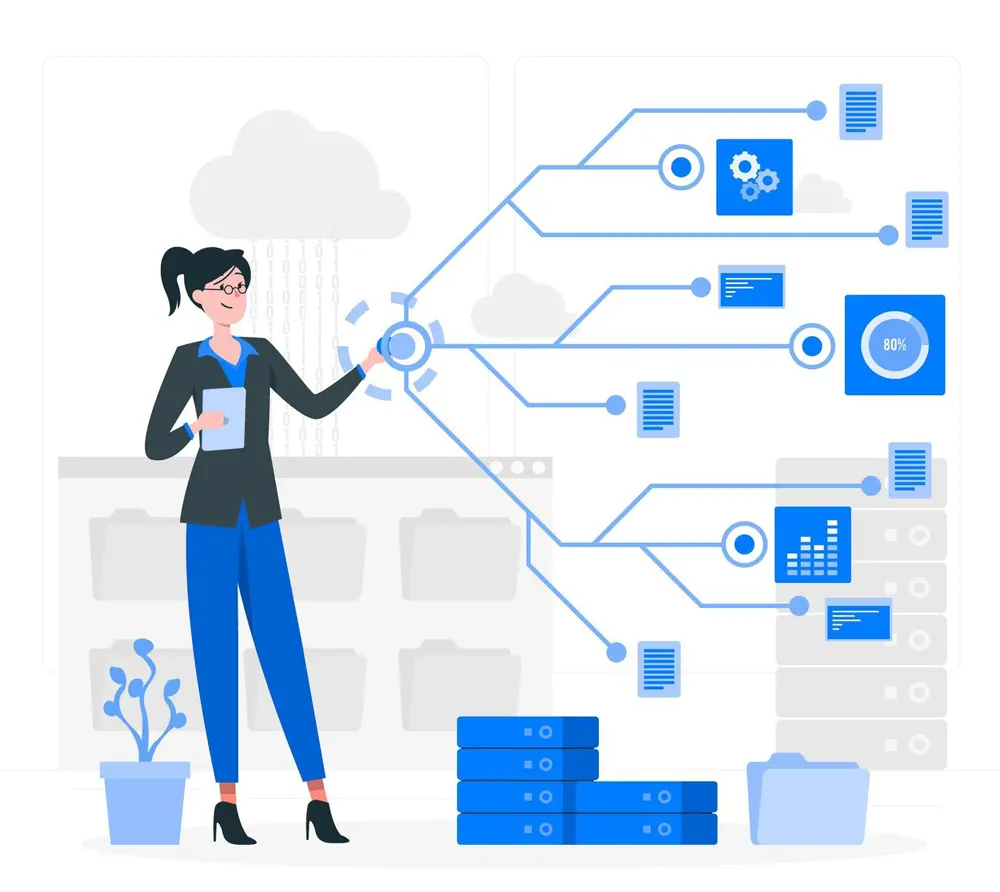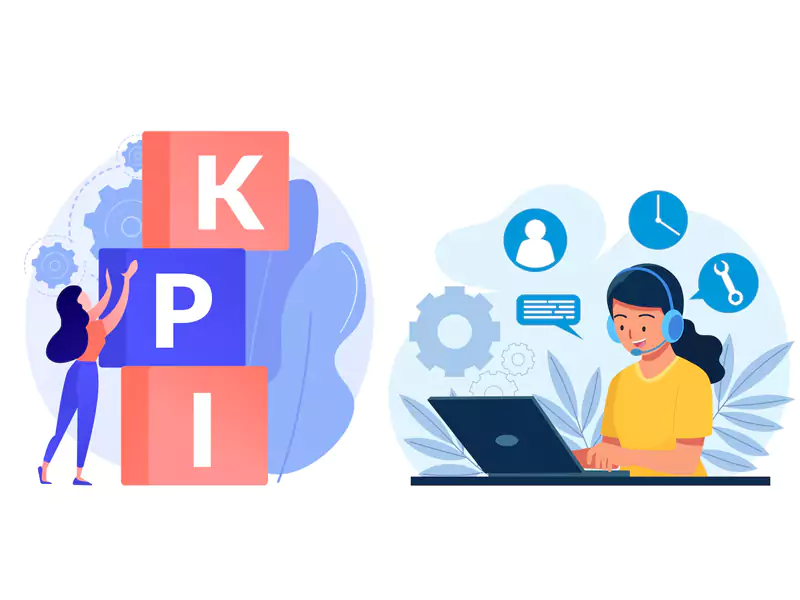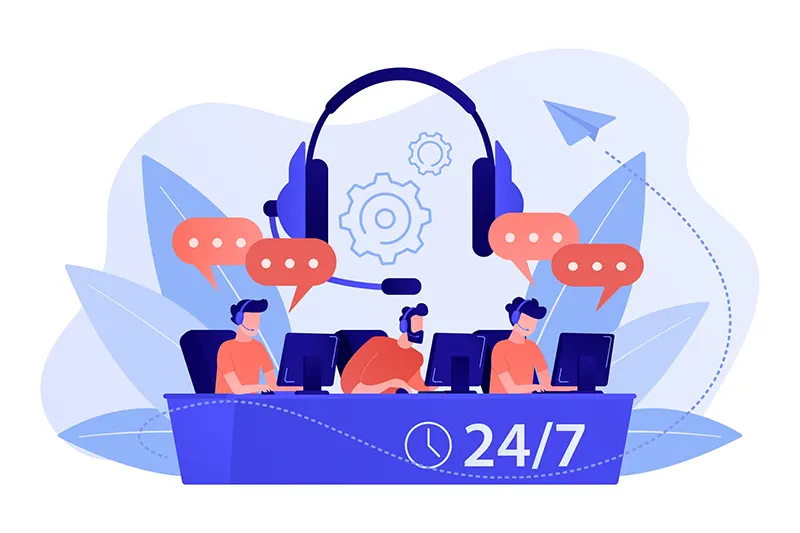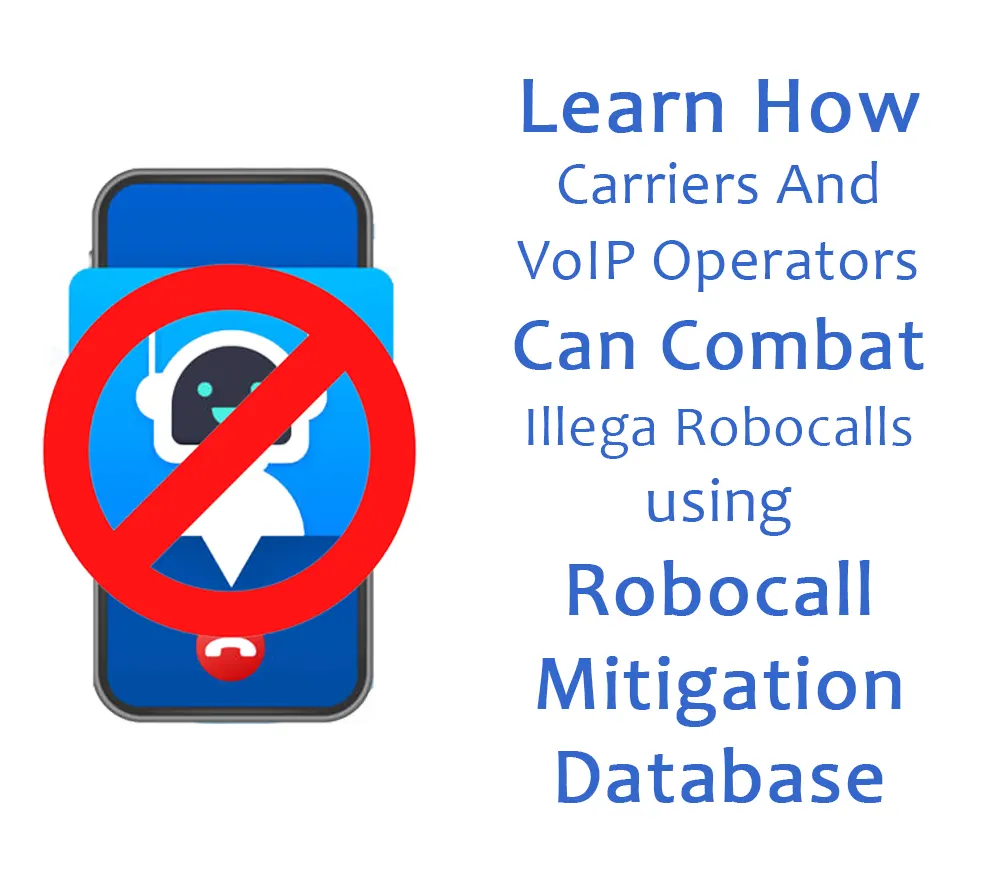The Complete Guide to Effective Root Cause Analysis
A Deep Dive into Root Cause Analysis Methodology
Recurring issues can disrupt operations and reduce efficiency if their root causes are not addressed. For such instances where the issue keeps showing up at your doorstep, it becomes essential to perform a thorough Root Cause Analysis (RCA) process. The RCA does not merely work on temporary fixes but identifies and eliminates underlying issues. Utilizing a structured RCA process will help organizations resolve issues permanently and help you build a robust and reliable system.
The RCA Process
Let’s delve into how an effective RCA process works. In this section we will walk you through the 11 key steps that result in a solid RCA process. Whether dealing with recurring issues or you plan to up your problem-solving game, these 11-steps will work wonders for your organization. The 11-step process is a go-to roadmap providing a clear understanding from problem identification to implementing long-term solutions.
Let's get started!
Step-I: Problem Definition
The RCA journey begins with clearly defining the "case" or "issue".
A well-crafted problem definition should be able to address the following questions:
- What is happening?
- Where does it occur?
- When does this happen?
- How significant is the impact?
- Who is affected?
📝 Tip: The solution often lies in how you frame the question. A poorly defined problem leads to a wild goose chase; a well-defined one puts you on the express track to resolution.
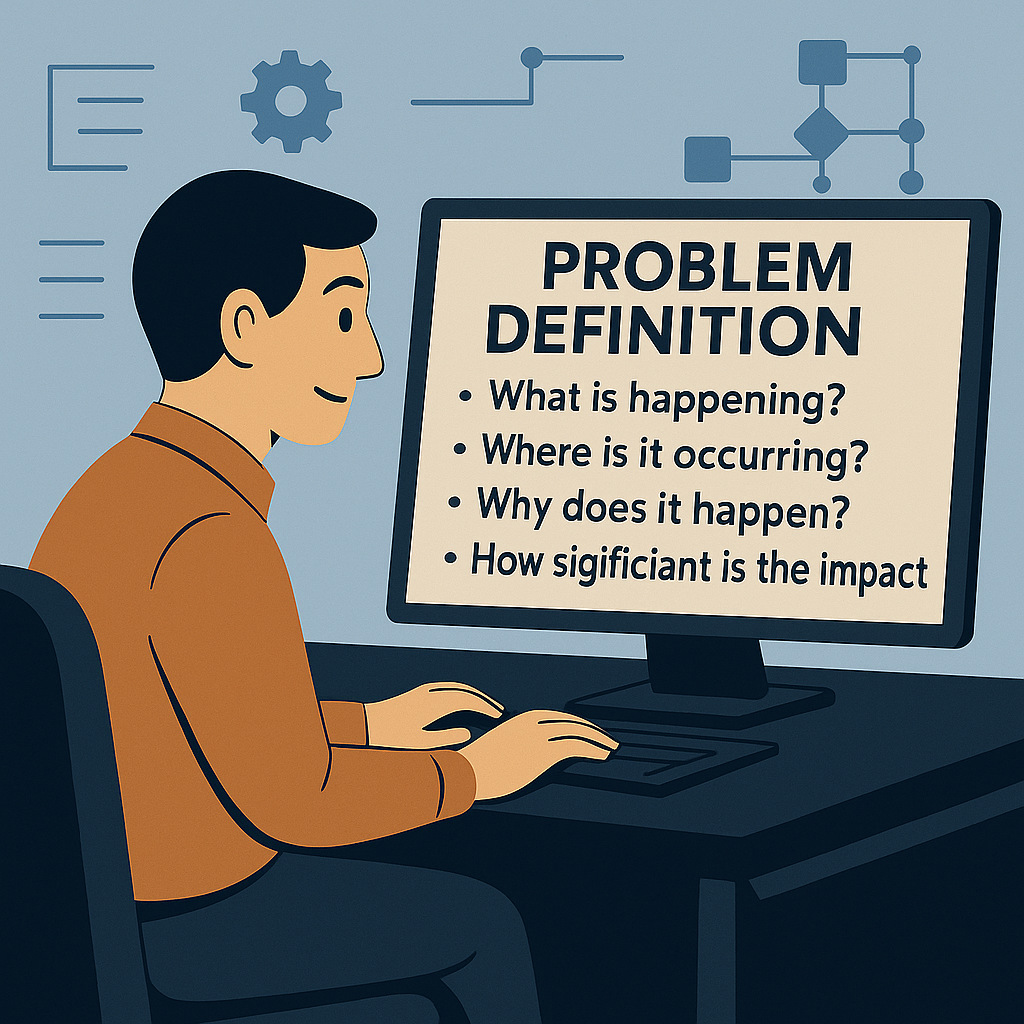
Step-II: Gathering the Evidence: Exemplify
Exemplify helps us view how the problem looks in the real world. In this step, we collect evidence-concrete examples that bring the problem to life.
While collecting evidence, one should keep in mind the following factors:
- The exact circumstances
- Who first reported it?
- The immediate impact
- Any quick fixes that were applied?
These examples or evidence become the reference points for everyone to analyze, evaluate and discuss.
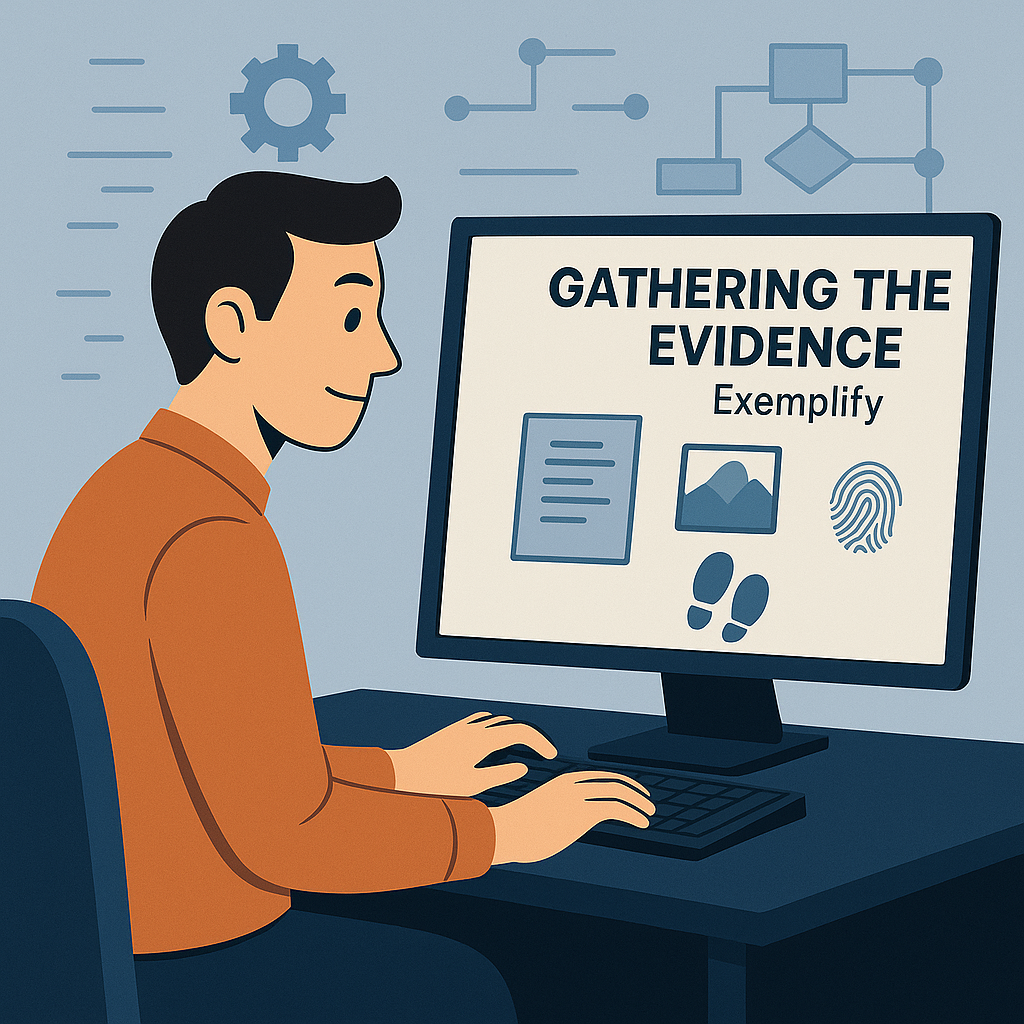
Step-III: Recreating: Replicate (Live)
Step-III is all about catching your problems in action. Here, you will recreate the conditions where the issue typically occurs.
Assume that your team has convened to observe the process where the issue occurs. What would you be looking for? Who all should be present? What inquiries should be made as the events unfold?
When you replicate live, be sure to remember the following:
- Minimal disruption of normal operations
- Convert each observation into documentation
- Identify variables which behave differently from normal
- Make a note of precise sequence of events
📜 Example:
Team Lead: There! Did you see that? The system lagged right after Sam entered the customer data.
Process Analyst: Yes, and notice it only happened when he used the dropdown menu instead of typing the code directly.
IT Specialist: Let’s try that again, but this time let’s monitor the network traffic at the same moment.
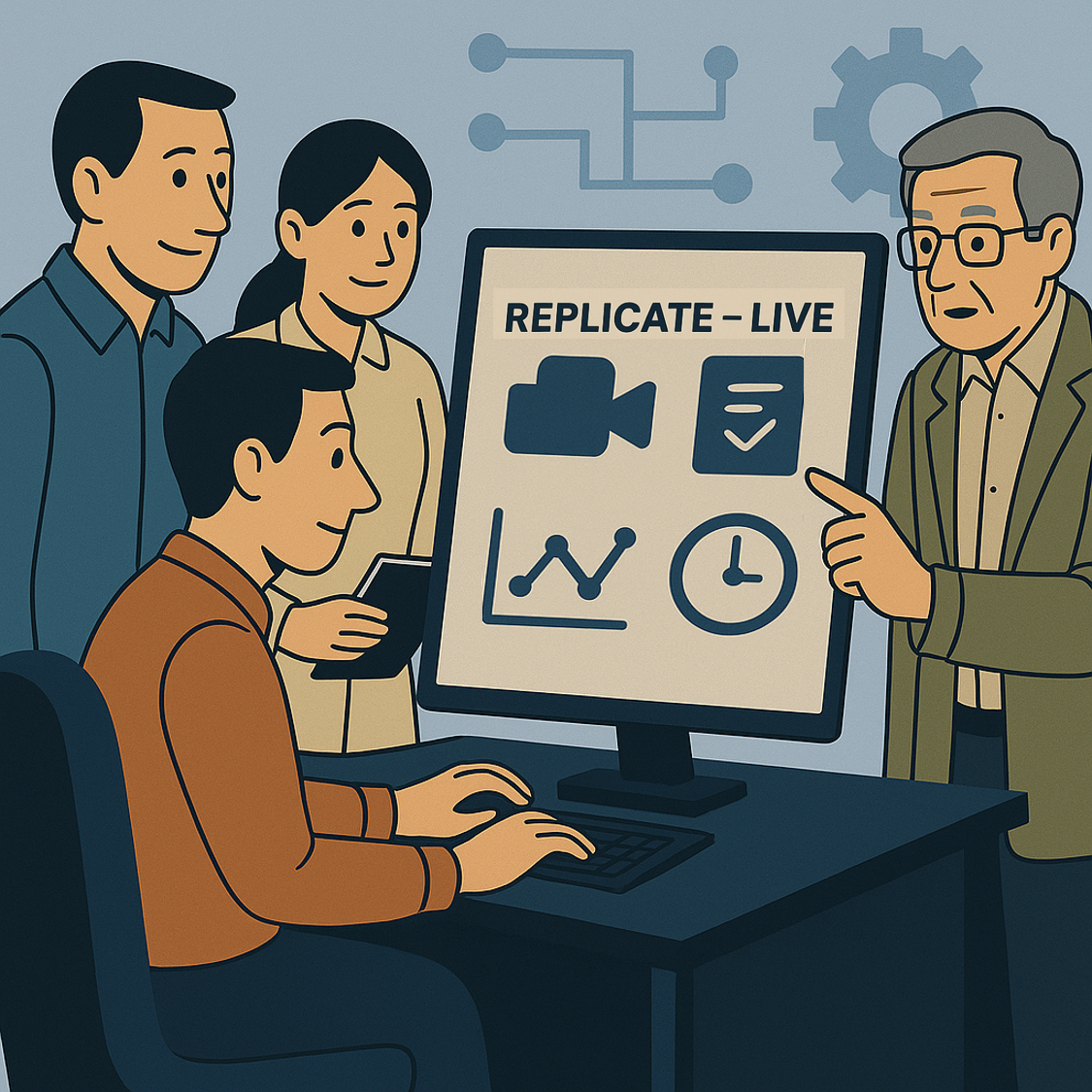
Step-IV: The Laboratory Analysis: Replicate (Lab)
Replicating the issue in a controlled environment lets you experiment without any consequences.
Considering your team has limited time for lab testing. Which of these would be your top priority?
- Problem testing under normal conditions
- Problem testing under extreme inputs/conditions
- Testing with several different people
- Testing with alternative equipment/software
The biggest advantage of lab testing/replication is that it eliminates the risk of disrupting normal operations in a live environment.

Step-V: Finding the Suspects: Isolate
Isolation means analyzing the data to identify specific conditions/variables causing the problem. It considers results from both live replication and lab replication environments. The underlying objective is to identify patterns and single out what truly is driving the issue.
By narrowing down the focus, the organization can avert the distractions and engage with genuine considerations, which will lead us closer to the root cause.
Consider the following while performing isolation:
- Factors which are ALWAYS present when the issue occurs
- Factors which are SOMETIMES present when the issue occurs
- Factors which are NEVER present when the issue occurs
- Factors which are ALWAYS present even when the issue DID NOT occur
Thus, the factors which are ALWAYS present when the problem occurs AND RARELY present when it doesn't occur should be your prime suspect.
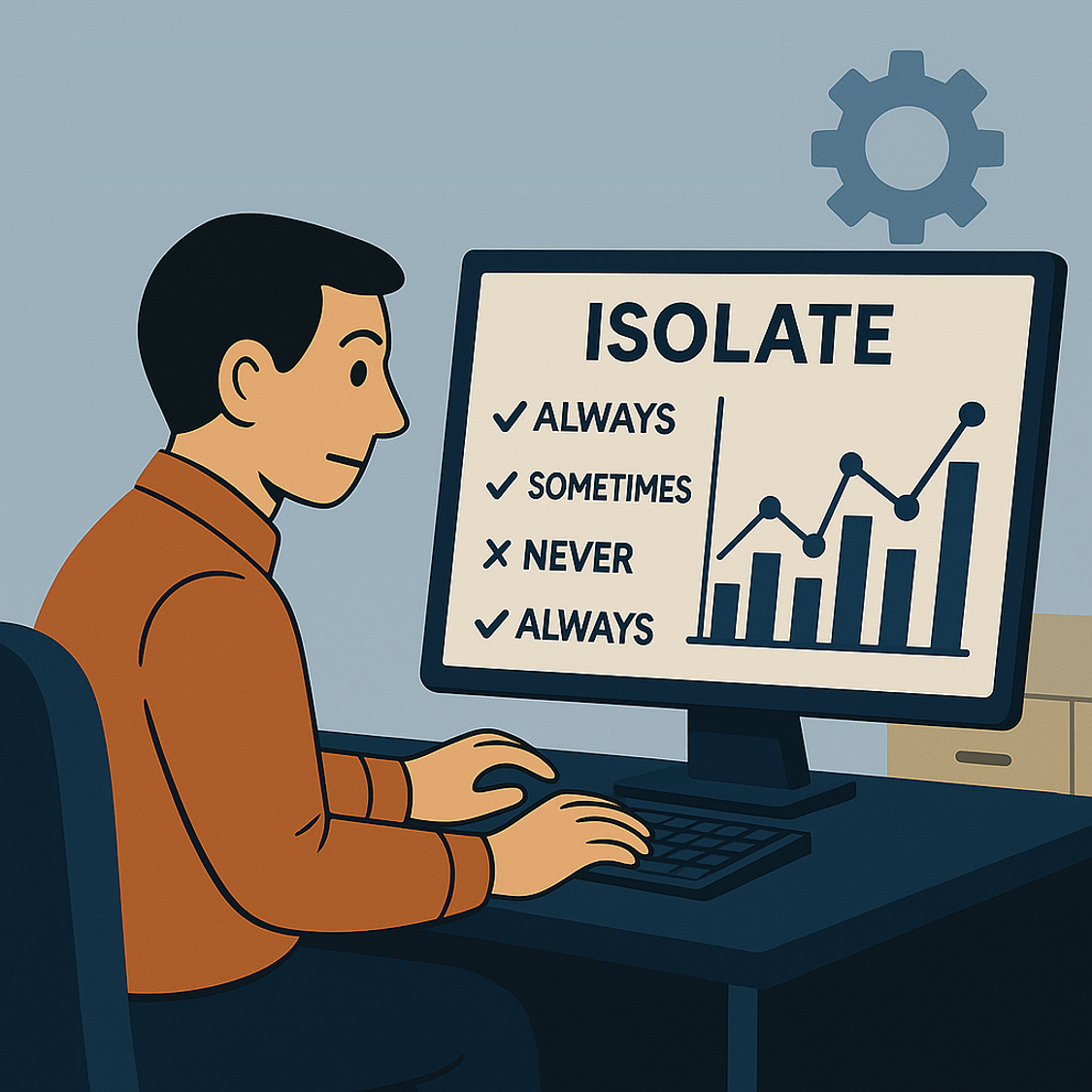
Step-VI: The Big Reveal: Root Cause
Now, we have reached the climax of the RCA process. This step identifies the true cause behind the underlying issue(s).
The key technique here is the 5 Whys method:
- Begin with the issue and ask why it happens.
- Repeat the why five times until you reach the conclusion of finding the fundamental cause.
Root Cause: Lack of user guidance and feedback in the UI leads to misconfiguration and failed API calls after key regeneration.
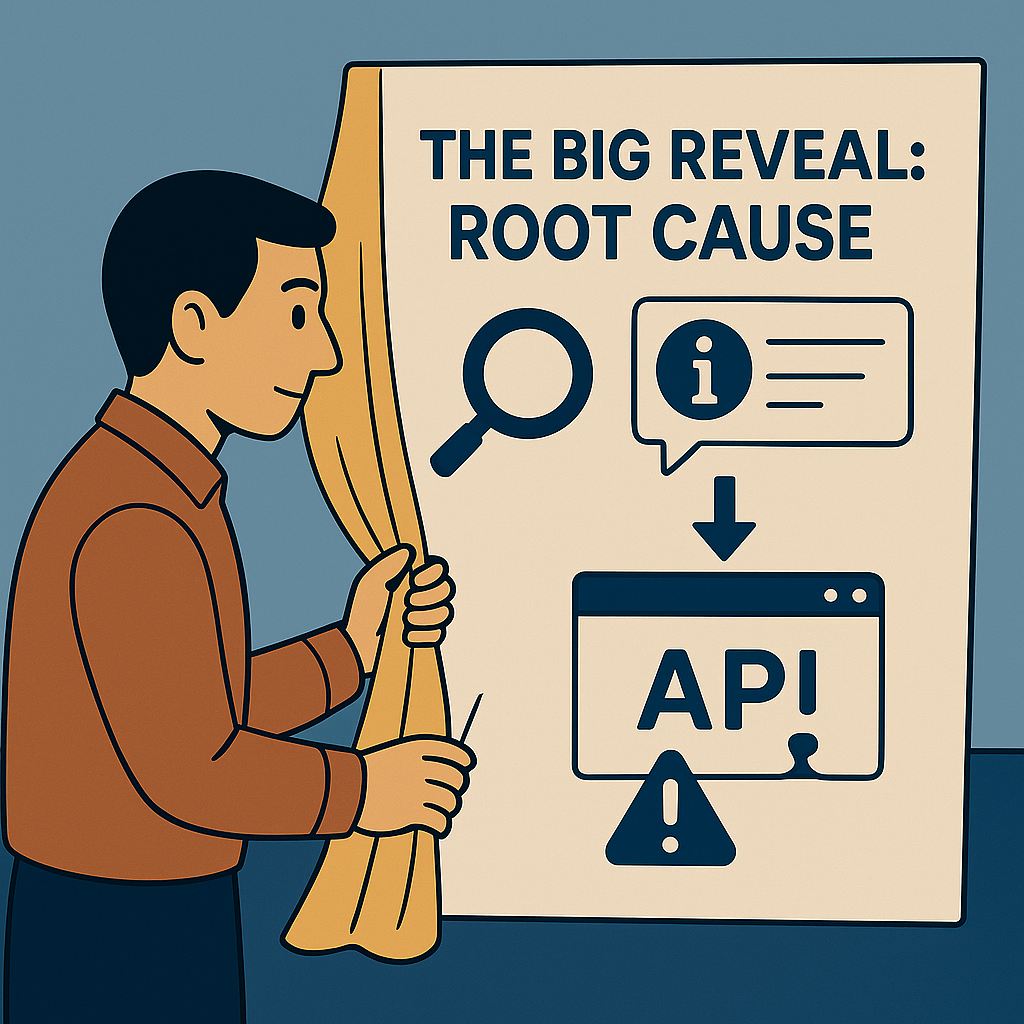
Step-VII: Justice Served: Fix
When the issue is identified, the next is to find an effective solution.
For the identified root cause, brainstorm at least three feasible remedies and rate them on a scale of 1-10. Rating the solution will help you find the best solution for the issue.
Consider the following questions while selecting the best possible solution:
- How directly does it address the core cause?
- How soon can it be implemented?
- How economical it is?
- How likely it is to produce new problems?
Solution Implementation Plan:
Phase 1: Include warning signs prior to generating an API key:
It's best practice to inform users that regenerating an API key would likely break the existing integrations,and mandates permissions before progressing.
Phase 2: Show alerts for missing/invalid API keys in Click-2-Dial:
Display error messages and visual cues in the Click-2-Dial configuration window when the stored API key becomes outdated/invalid.
Phase 3: Documentation updates and user notifications:
Revise and review the documentation that includes guidance on the API key management. Next, notify the users via messages, emails or calls regarding the new safeguards.
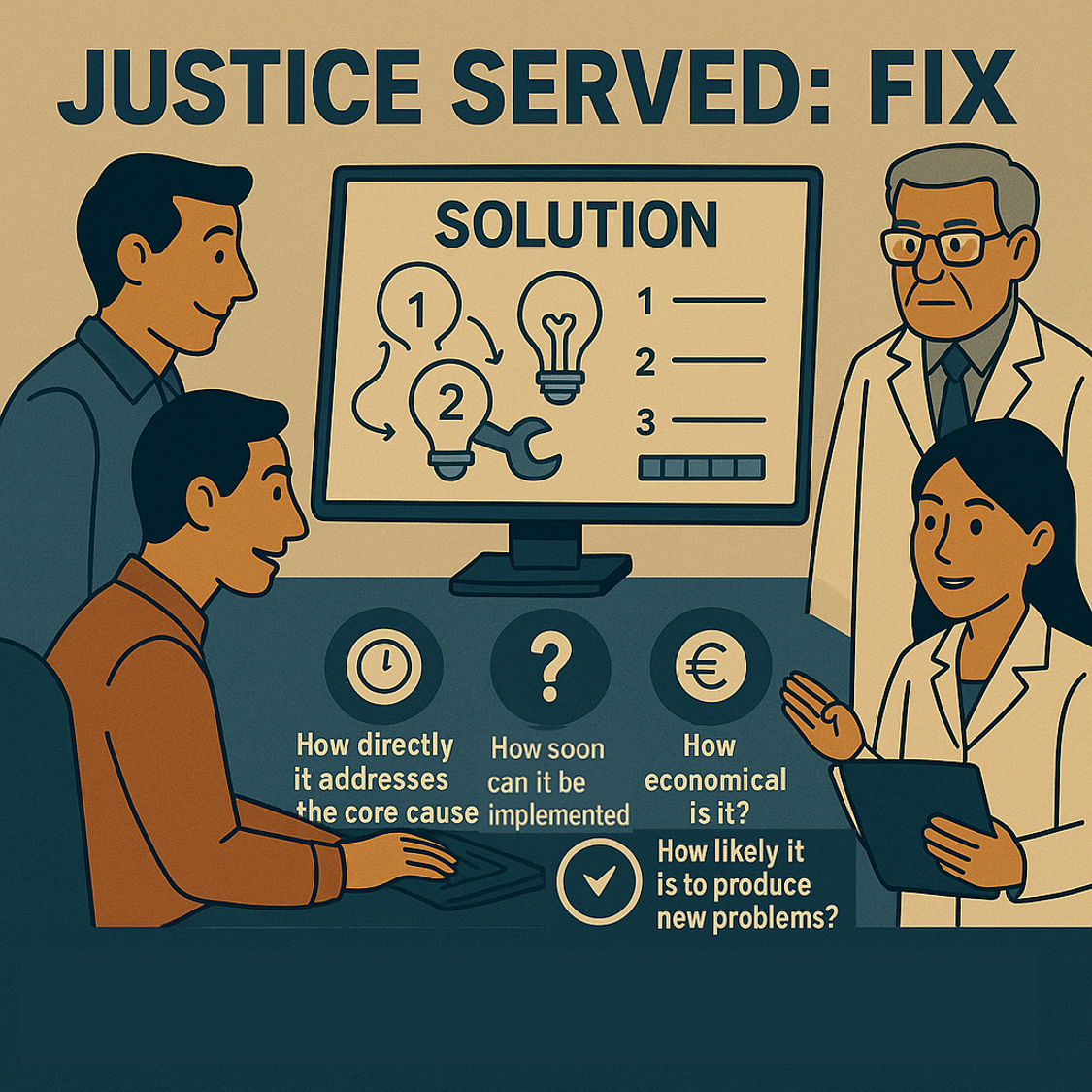
Step-VIII: Keeping Watch: QC (Quality Control)
Even the finest people review their work. Thus, Quality Control validates that the "fix" genuinely works.
Create a simple dashboard with the following elements:
- Key metrics for problem resolution
- Warning thresholds may imply that the problem might return
- Have a regular review schedule (daily, weekly, monthly, quarterly, semi-annually, annually)
- Response plan if metrics show degradation
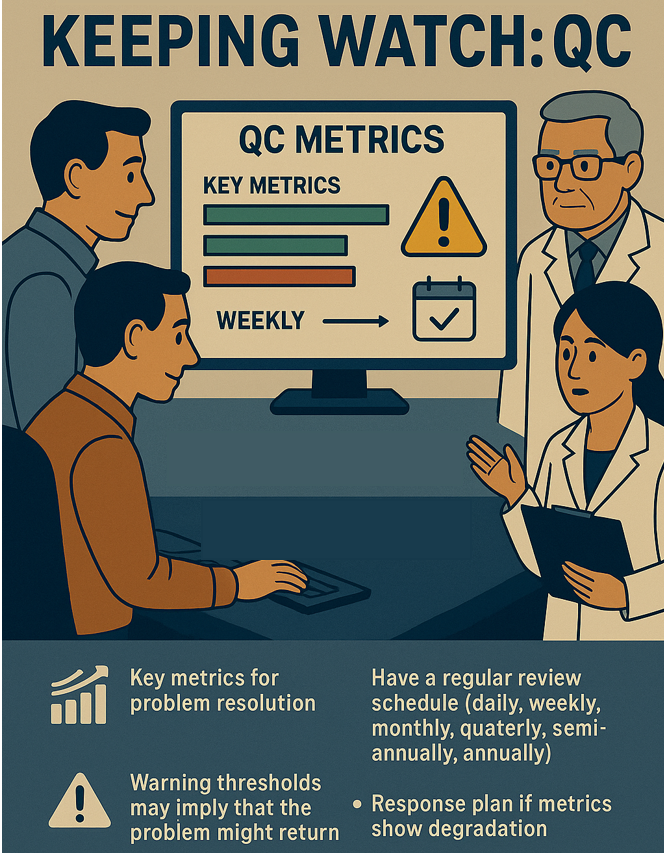
Let's understand clearly with the help of an example:
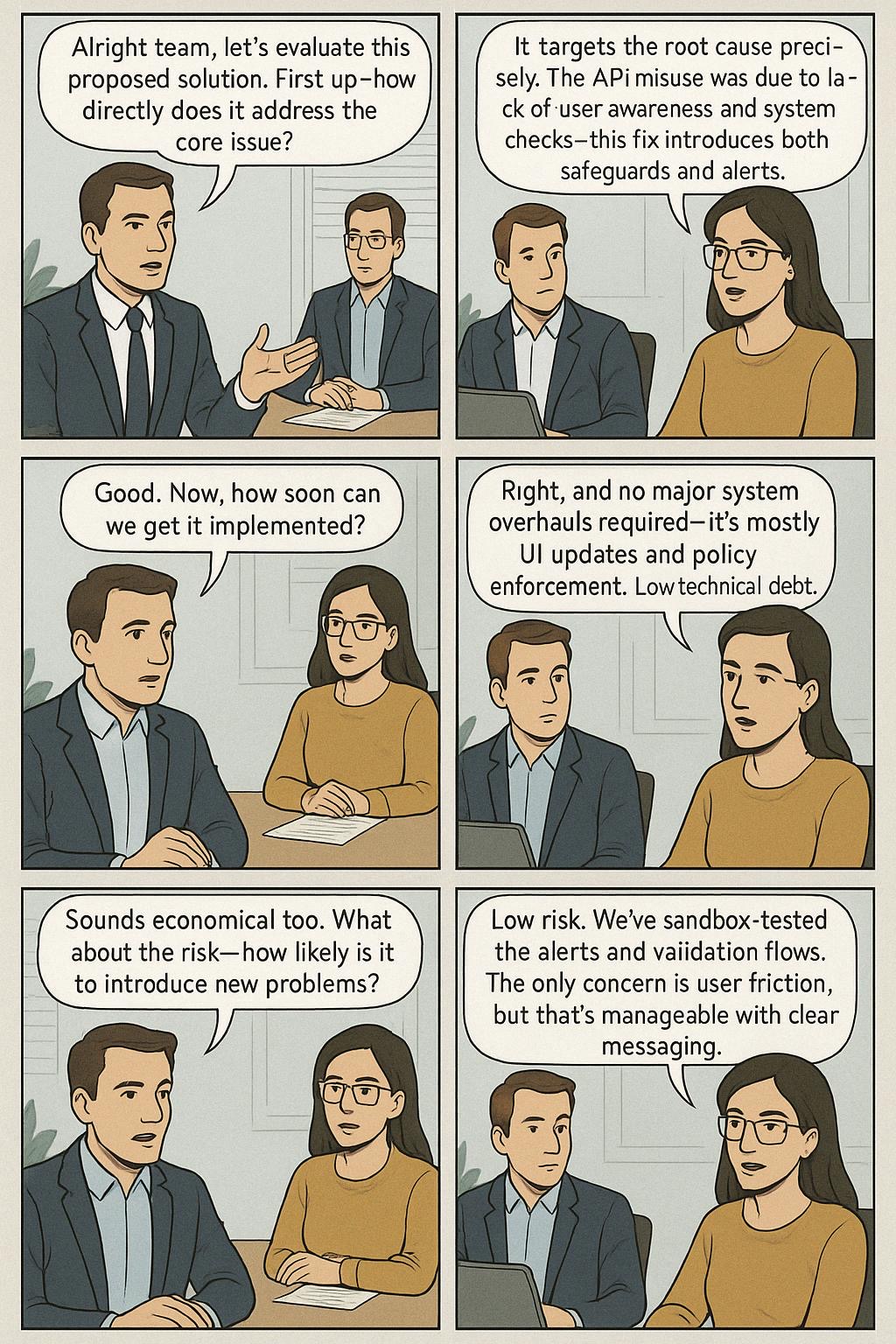
Step-IX: The Temporary Restraining Order: Patch
Sometimes it's necessary to slow down and take your time while working on a permanent solution. Thus, providing a temporary solution, until a permanent fix is applied and is fully functional.
Here's a contingency plan you can follow for getting quick fixes for your problem:
- Reduce impact on customers and operations
- Clearly specify that the solution is temporary
- No interference when applying the permanent fix
- Specify clear criteria when it can be removed
📜 Example: PERMANENT PATCH (Effective Immediately):
When an API key is regenerated, users will now receive an in-app warning explaining that existing integrations, such as Click-2-Dial, will stop working until the new key is manually updated. This ensures customers are aware of the impact and can take immediate action to prevent service disruption. Future enhancements will include automatic reminders to update linked configurations post-regeneration.
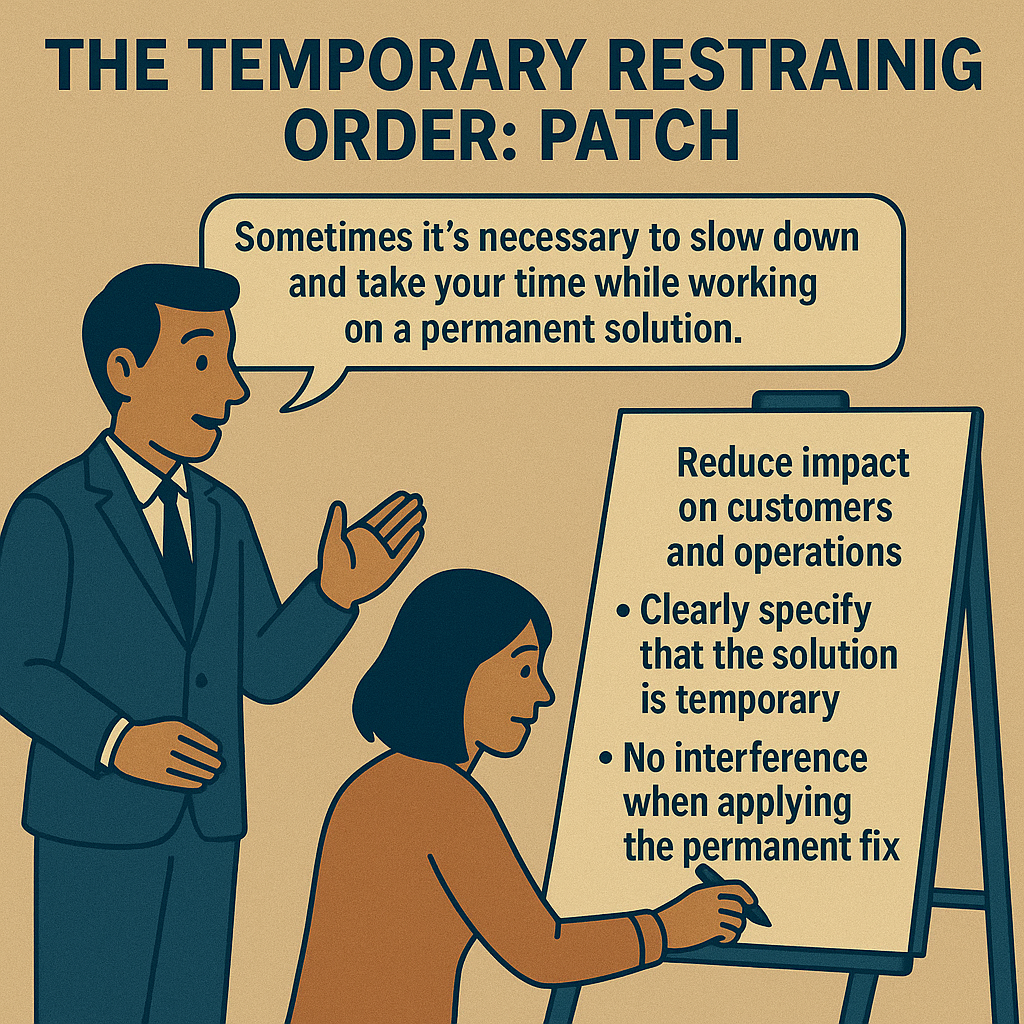
Step-X: Spreading the Word: Full Roll Out
Now that the issue has been resolved, this information has to be circulated to everyone. The information may include the issue, reason for occurrence, resolutions (temporary and permanent), how long it took to resolve.
Here is the communication strategy (announcement) for your fix that addresses the following:
- WHAT has changed and WHY?
- Impact on other departments (if any)
- Required training/resources
- Implementation timeline
- Who should you talk to for any queries?
- How is the success measured?
Roll-Out Checklist:
- Summary prepared for the leadership
- Department-specific training materials (if any)
- System updates documented in the knowledge-base
- FAQ document
- Support team briefed for any potential queries
- Success metrics are established and baseline measurements are gathered
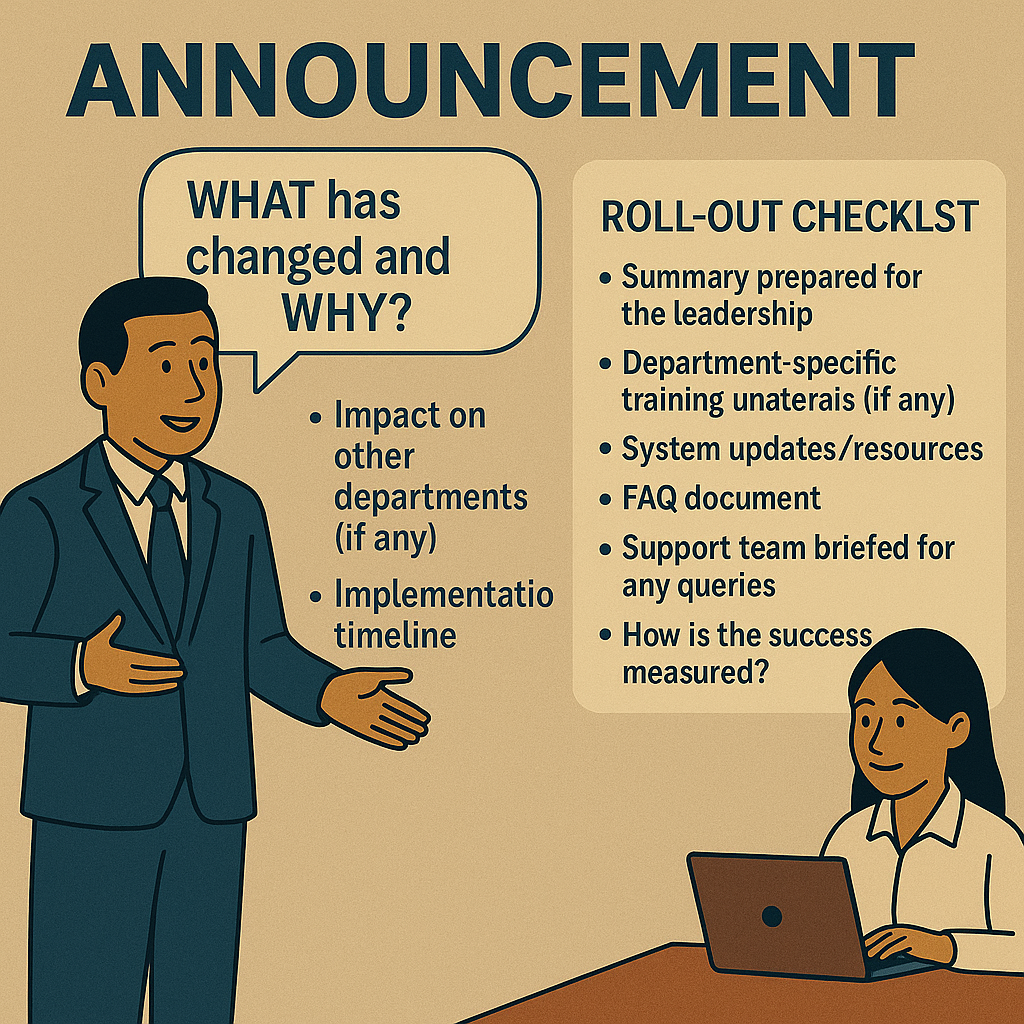
Step-XI: The Retrospective: Review and Learn
The final step is to reflect on the whole case after it's concluded.
Everyone should follow an interactive learning exercise or a de-brief exercise with their team.
The questions could be as follows:
- The most surprising part of the investigation
- What tools/strategies were most useful
- What would be done differently the next time?
- How to prevent similar issues in future?
- What warning signs should we watch for?
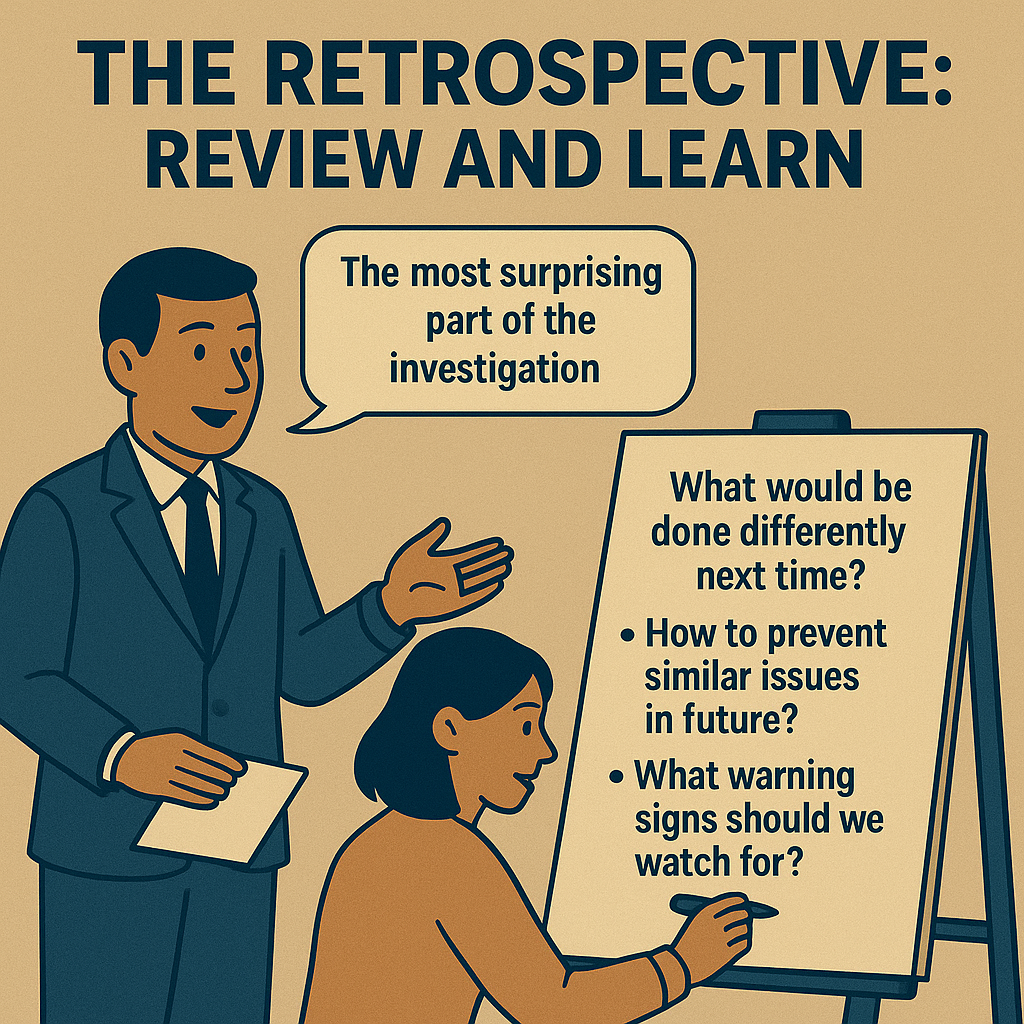
Your Turn: Become the RCA Detective
Now it’s your turn to solve a mystery! Think about a recurring problem in your organization and work through each of the 11 steps. Remember:
Final Thought
The best analysts don’t just solve cases—they prevent issues even before they occur.
Even you can master the RCA process. You’ll find yourself spotting potential problems before they become major mysteries.
That’s when you know you’ve truly cracked the code!
Let's Recap
| Step | Stage | What Happens Here |
|---|---|---|
| 1 | Define the Problem | Pinpoint the who, what, where, when, and how of the issue. Set the case clearly |
| 2 | Exemplify (Gather Evidence) | Capture real-world examples that show the issue in action |
| 3 | Replicate (Live) | Recreate the problem in its natural environment with minimal disruption |
| 4 | Replicate (Lab) | Test it in a safe, controlled environment for deeper investigation |
| 5 | Isolate the Variables | Identify patterns by comparing factors—what’s always, sometimes, or never involved |
| 6 | Reveal the Root Cause | Use methods like the 5 Whys to uncover the fundamental cause of the problem |
| 7 | Fix It Right | Develop and implement sustainable solutions that directly address the root cause |
| 8 | Quality Control | Monitor key metrics to ensure the fix works and the issue doesn’t return |
| 9 | Patch Temporarily | Apply a clear, temporary fix while working toward a long-term solution |
| 10 | Roll It Out | Communicate the change and update all relevant stakeholders and systems |
| 11 | Review and Learn | Reflect on the process. Document insights and prevent similar issues in the future |










